The purpose of this blog is to discuss when the word “Cumorah” was first known to the leaders and people in the Church. Many Historians think the word “Cumorah” was only known after 1831, and Heartlanders believe it was as early as 1823 when Joseph knew the word “Cumorah” and the Church members knew this term as early as 1829.
Why is that important? Many historians say that the hill in New York was not called Cumorah until later in histroy as they claim the hill in NY [not called Cumorah], where Joseph found the gold plates was not the same hill where the last battles of the Nephites was fought. These historians believe the last battles happened somewhere in Mexico in a hill that does not necessarily have the name of Cumorah.
Some critics of the Church seem to continualy point out a disparity between what the prophets have taught about hill Cumorah and the revisionist Church history as a weapon to undermine faith. My feelings are that it would be far better to report the truth in the first place.
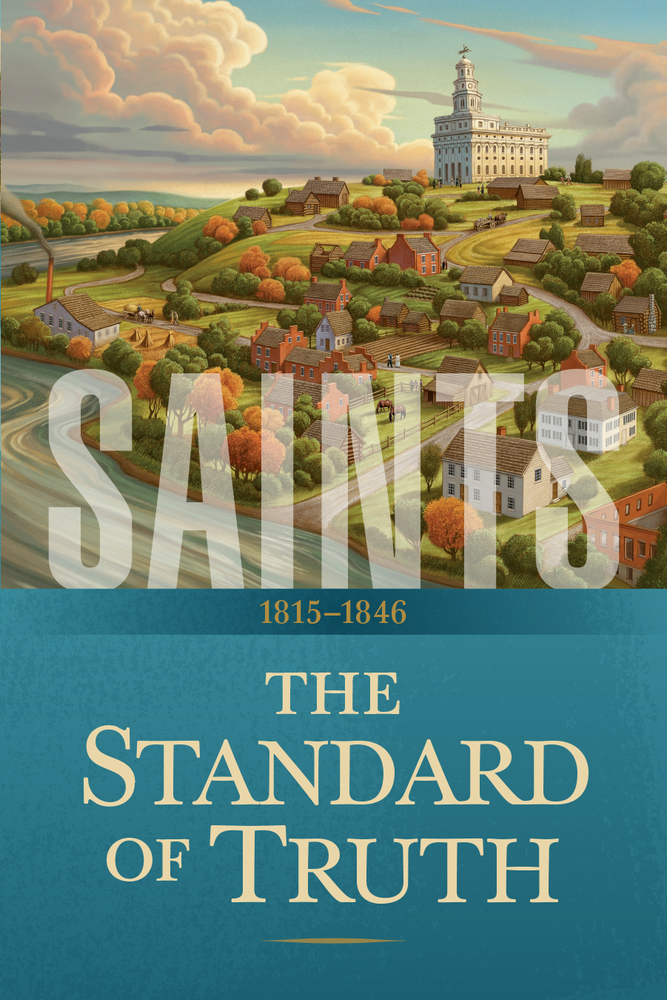 Millions of Church members plus future generations, may have no hope of learning the complete truth about the gospel, when the LDS book titled, “Saints”, The Standard of Truth, Volume 1, seems that some historians at times deliberately suppress and change Church history into what they think is an acceptable “narrative history”. I like the true history not someones made up narrative that they seem to like better.
Millions of Church members plus future generations, may have no hope of learning the complete truth about the gospel, when the LDS book titled, “Saints”, The Standard of Truth, Volume 1, seems that some historians at times deliberately suppress and change Church history into what they think is an acceptable “narrative history”. I like the true history not someones made up narrative that they seem to like better.
“Saints” presents an opportunity to inform Church members about the truth using a narrative history, not necessarily a factual history. Some Church historians claim they are neutral on the location of Hill Cumorah. That appears to be the reason they may chose to mislead readers by not citing and quoting Lucy’s corrected account about the name of the hill as Cumorah, [as I speak about below], and other narratives they include like leaving the name Cumorah out of the “Saints” text replacing it with “the hill”, and at other times leaving out the word “Lamanites” from the text as well.
More blogs can be found at the end of this article that speak about how the book Saints eliminated the words Cumorah, and Lamanites. Also there are blogs that show how the Wentworth Letter was not fully quoted in a Church manual and why some scholars seem to edit things out of important Church works.
Mesoamerican Quotes
“The archaeology of New York—and specifically the Hill Cumorah—is persuasive evidence that Book of Mormon peoples did not live in that region. By implication, the Cumorah of the golden plates is not the Cumorah of the final battles—Mormon’s hill and Moroni’s hill are not one and the same. These conclusions follow from a few basic points and assumptions that the author explores in this article.” Clark, John E. “Archaeology and Cumorah Questions.” Journal of Book of Mormon Studies 13 (2004): 144–51, 174. https://scholarsarchive.byu.edu/jbms/vol13/iss1/15.
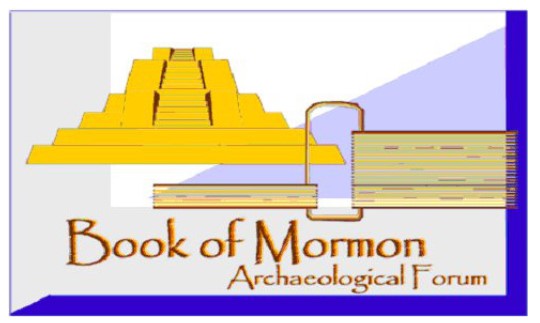 “We await answers for most questions evoked by this miracle of divinely supervised archaeological toil. What we do know is that Joseph Smith Jr. found the golden plates and other relics in a stone box in a hill near his home, a prominence now known as Cumorah.” Clark, John E. “Archaeology and Cumorah Questions page 146. As you see, Brother Clark says, “now known” not “then known” as Joseph and others have said.
“We await answers for most questions evoked by this miracle of divinely supervised archaeological toil. What we do know is that Joseph Smith Jr. found the golden plates and other relics in a stone box in a hill near his home, a prominence now known as Cumorah.” Clark, John E. “Archaeology and Cumorah Questions page 146. As you see, Brother Clark says, “now known” not “then known” as Joseph and others have said.
Brother Clark also says, “Most proposals for the location of Mormon’s final stand fall into one of two possibilities: either the Palmyra hill or one in Middle America 2,000 miles to the south. Here I consider reasons for questioning the case for a New York location. I am unaware of any archaeological investigation of the hill itself, but sufficient information is available for the surrounding regions to make a critical assessment. Mormon’s hill and Moroni’s hill are not one and the same.” Clark, John E. “Archaeology and Cumorah Questions page 146 We believe there is only one possibility that Hill Cumorah was in New York.
Many Mesoamericans also don’t believe there was a cave in Cumorah NY, as a separate place from where the stone box was found at Cumorah in NY. They believe that Brigham Young’s quote about Joseph and Oliver going into a large cave at Hill Cumorah was a dream about some place in Mexico. Here is the quote, what do you think?
Cave in Hill Cumorah NY
“Oliver Cowdery went with the Prophet Joseph when he deposited these plates. Joseph did not translate all of the plates; there was a portion of them sealed, which you can learn from the Book of Doctrine and Covenants. When Joseph got the plates, the angel instructed him to carry them back to the hill Cumorah, which he did. Oliver says that when Joseph and Oliver went there, the hill opened, and they walked into a cave, in which there was a large and spacious room. He says he did not think, at the time, whether they had the light of the sun or artificial light; but that it was just as light as day. They laid the plates on a table; it was a large table that stood in the room. Under this table there was a pile of plates as much as two feet high, and there were altogether in this room more plates than probably many wagon loads; they were piled up in the corners and along the walls. The first time they went there the sword of Laban hung upon the wall; but when they went again it had been taken down and laid upon the table across the gold plates; it was unsheathed, and on it was written these words: “This sword will never be sheathed again until the kingdoms of this world become the kingdom of our God and his Christ.” I tell you this as coming not only from Oliver Cowdery, but others who were familiar with it, and who understood it just as well as we understand coming to this meeting. . . . [Don] Carlos Smith was a young man of as much veracity as any young man we had, and he was a witness to these things. Samuel Smith saw some things, Hyrum saw a good many things, but Joseph was the leader.” Brigham Young, Journal of Discourses, 17 June 1877
Not having a seperate place in NY Cumorah is also being purposely avoided my some Mesoamercanists as well as the final battles not fought in NY, but in some place in Mexico.
Parley P. Pratt’s Quote
Here is the quote that Mesoamerican theorists use to say no one knew the hill was called Cumorah until this quote by Parley P Pratt in 1831.
“This Book, which contained these things, was hid in the earth by Moroni, in a hill called by him, Cumorah, which hill is now in the State of New York, near the village of Palmyra, in Ontario County.” Quote from Parley P. Pratt in Feb 1831. The Autobiography of Parley P. Pratt – Revised and Enhanced Edition – Chapter 8
Knowledge of Cumorah before 1831 as Heartlanders know.
Heartlanders believe that Mormon’s hill and Moroni’s hill are both in Hill Cumorah NY at different locations in that same hill,and Joseph knew the name “Cumorah” as early as 1823 according to His mothers jourrnal as you see below.
1. Lucy Mack Smith’s Journal of 1845, hs a quote from the year 1823. “The record is on a side hill on the Hill of Cumorah 3 miles from this place.” Lucy Mack Smith https://www.josephsmithpapers.org/paper-summary/lucy-mack-smith-history-1844-1845/41
2. Early 1827– Joseph Smith (Quoted by his mother Lucy Mack Smith) “Stop, father, Stop.” said Joseph, “it was the angel of the Lord— as I passed by the hill of Cumorah, where the plates are, the angel of the Lord met me and said, that I had not been engaged enough in the work of the Lord” https://www.josephsmithpapers.org/paper-summary/lucy-mack-smith-history-1845/111
3. In 1829 David Whitmer, Oliver Cowdery, and Joseph Smith hear a messenger from their wagon while traveling to Fayette say, “No, I am going to Cumorah.’ This name was something new to me, I did not know what Cumorah meant.”David Whitmer http://www.lettervii.com/p/trip-to-fayette-references.html
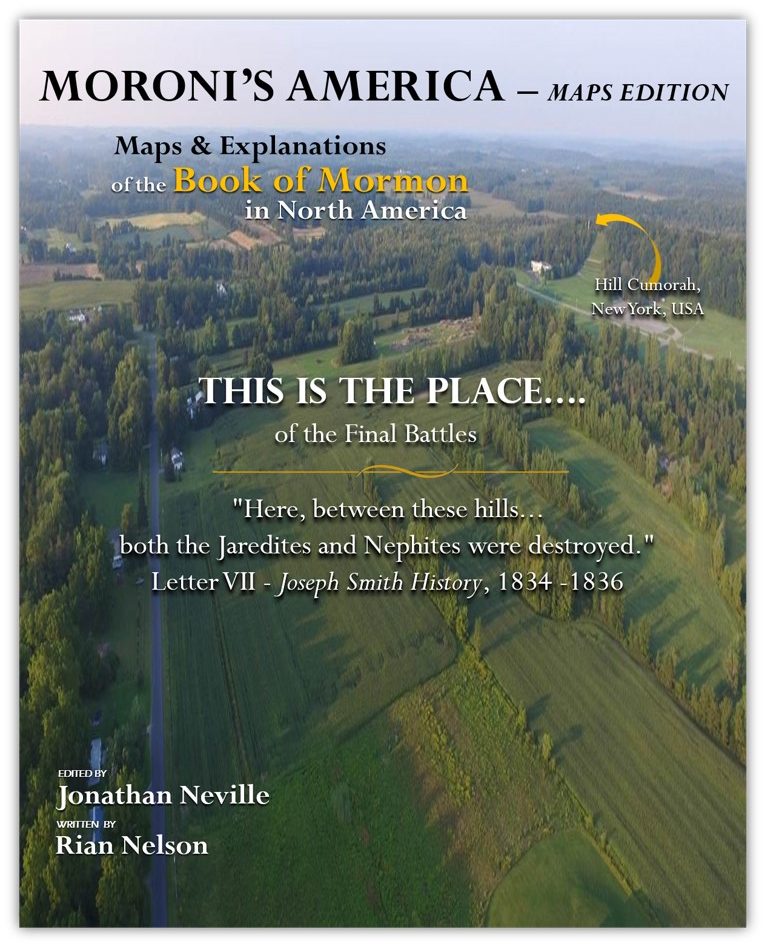
More details here: https://bookofmormonevidence.org/the-geography-packet/
Below is a blog written by our good friend Jonathan Neville:
“Saints” First reference to Cumorah 1827
https://saintsreview.blogspot.com/2018/09/chapter-4-be-watchful.html
Chapter 4 of Saints, titled “Be Watchful,” covers the events leading up to the time when Joseph obtained the plates. You can read Chapter 4 here:
https://www.lds.org/ensign/2018/06/chapter-4-be-watchful?lang=eng
At one point, the chapter relates an account of Joseph being chastised.
Here’s the quotation:

One day, Joseph went to town on an errand. Expecting him back for dinner, his parents were alarmed when he did not return. They waited for hours, unable to sleep. At last Joseph opened the door and threw himself into a chair, exhausted.
“Why are you so late?” his father asked.
“I have had the severest chastisement that I ever had in my life,” Joseph said.
“Who has been taking you to task?” demanded his father.
“It was the angel of the Lord,” Joseph replied. “He says I have been negligent.” The day of his next meeting with Moroni was coming soon. “I must be up and doing,” he said. “I must set myself about the things which God has commanded me to do.”19
Note 19 goes to this link:
http://www.josephsmithpapers.org/paper-summary/lucy-mack-smith-history-1844-1845/59
This is Lucy Mack Smith’s history from 1844-5. If you go to the link, you’ll see that the quoted section is lined out.
We wonder, why would Saints misquote and cite a source that was lined out in the original?
_____

Here is the later, corrected version from 1845:
Presently he smiled, and said in a very calm tone, “I have taken the severest chastisement, that I have ever had in my life”.
My husband, supposing it was from some of the neighbors, was quite angry; and observed, “I would would like to know what business any body has to find fault with you.”
“Stop, father, Stop.” said Joseph, “it was the angel of the Lord— as I passed by the hill of Cumorah, where the plates are, the angel of the Lord met me and said, that I had not been engaged enough in the work of the Lord; that the time had come for the record to <be> brought forth; and, that I must be up and doing, and set myself about the things which God had commanded me to do: but, Father,’ continued he, ‘give yourself no uneasiness concerning the reprimand that I have received; for I now know the course that I am to pursue; so all will be well.”
http://www.josephsmithpapers.org/paper-summary/lucy-mack-smith-history-1845/111
This statement about Cumorah completely supports the teachings of the prophets that Cumorah is in New York. Here Lucy explains that Joseph knew the name Cumorah even before he got the plates. He could only have learned this from Moroni.
_____
Saints should have used Lucy’s later version. In fact they cite the later version in note 22!.
Using the later one should be obvious.
So why did Saints use the old version?
I think the editors of Saints avoided the corrected version because they realize it refutes M2C.*
The editors will say that they are neutral on the question of Book of Mormon geography, including the New York Cumorah.
But is that a reason to quote and cite a passage they know Lucy later corrected, especially without telling readers what they’re doing?
_____
The M2C intellectuals always have a rationale for disbelieving early Church history accounts that contradict their theory. They have said we should disbelieve Oliver Cowdery, David Whitmer, and Lucy Smith, among others.
In this case, they claim we should disbelieve Lucy because she must have added this comment about Cumorah because she was confused; i.e., by the time she dictated this history in 1845, the New York Cumorah was well established by Letter VII, D&C 128, etc. Therefore, according to the M2C intellectuals, we can’t believe what Lucy wrote here.
And, apparently, the editors of Saints agreed with their M2C friends.
But consider this.
Just because the original sources are not “neutral” on Book of Mormon geography, does that give the editors of Saints the right to revise Church history?
I think not.
One of the tragedies of Saints is that it is teaching the world the revisionist Church history, not what the original documents actually say.
_____
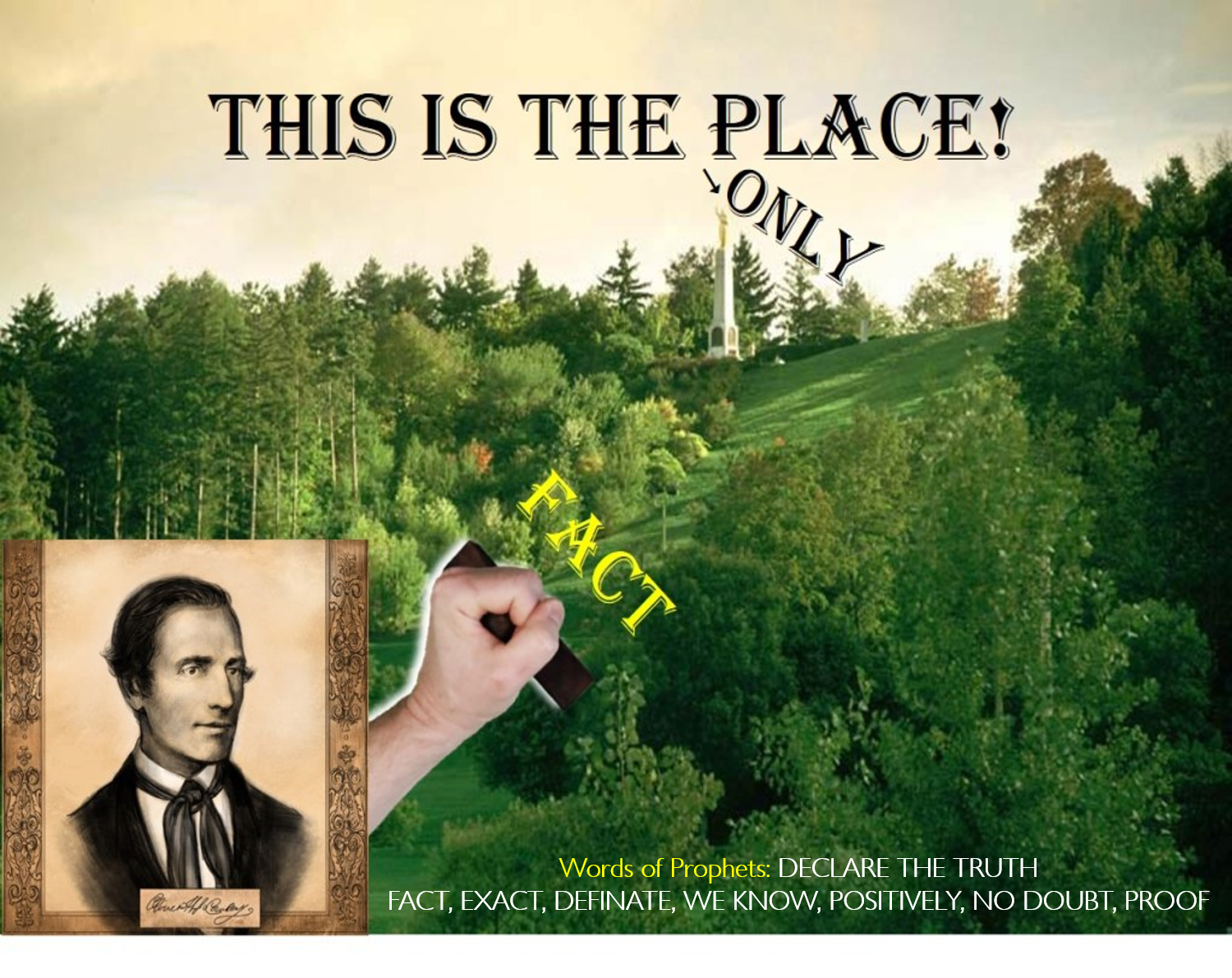 Here is one of the practical consequences of this revisionist history.
Here is one of the practical consequences of this revisionist history.
Had Saints explained what Lucy said–what she directly quoted Joseph Smith as saying–readers would understand that Joseph knew the name of the hill before he even translated the plates.
Readers would realize that Joseph could have learned that only from Moroni.
And readers would realize that all the prophets and apostles who have taught that Cumorah is in New York were correct, while the M2C scholars who have taught that Cumorah cannot be in New York were not correct.
That would go a long way toward building unity in the Church.
Members everywhere would align themselves to what the prophets have taught instead of being misled by the teachings of the M2C intellectuals.
Now you see why the M2C intellectuals and their citation cartel don’t want members of the Church to even know about this.
_____
This may appear to be nit-picking, but I think this is a serious problem.
Even people fairly familiar with Church history would have passed this by unawares.
The millions of Church members around the world, in all languages, plus future generations, have no hope of learning the truth when Saints is deliberately suppressing and changing Church history this way.
_____
BTW, the same M2C intellectuals who cite Lucy’s account for other details–Lucy is the sole source for many important events in early Church history–insist she was wrong about this. She had a poor memory, they say, or she conflated this account with another account.
Those of us who accept Lucy’s account point to two important indicia of credibility and reliability.
First, the earlier draft was lined out and replaced with more detail. Lucy directed the revisions, an indication that when she read the first draft, she realized it was not completely accurate. For example, the first account has the angel telling Joseph he was “negligent,” but the revised account has the angel telling Joseph he “had not been engaged enough in the work of the Lord.” Which sounds more like the words of Moroni?
Second, Lucy’s account of Joseph learning the name Cumorah from Moroni has corroboration in other historical accounts. For example, the Autobiography of Parley P. Pratt, a source cited in Saints (note 4 to Chapter 4), includes this quotation from Oliver Cowdery’s teachings to the Lamanites in Kansas: “This Book, which contained these things, was hid in the earth by Moroni, in a hill called by him, Cumorah, which hill is now in the State of New York, near the village of Palmyra, in Ontario county.” p. 57.
It’s possible Lucy knew what Oliver was teaching, but she didn’t get it from Pratt’s autobiography because it was not published until many years after this 1845 version of Lucy’s account was written.
_____
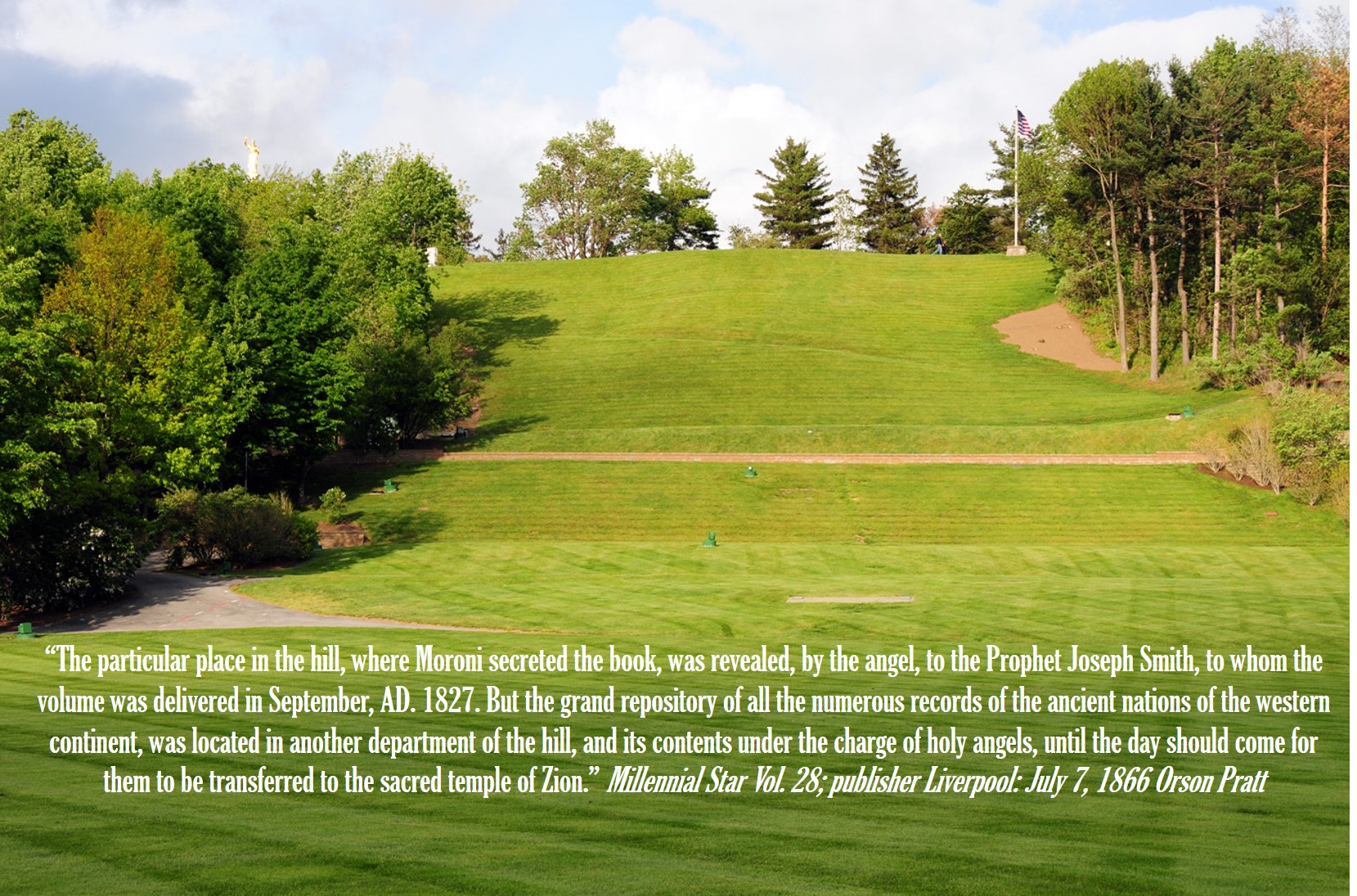 To summarize: Saints presented an opportunity to inform Church members about the truth.
To summarize: Saints presented an opportunity to inform Church members about the truth.
The historians claim they are neutral on the New York Cumorah. That appears to be the reason they chose to mislead readers by not citing and quoting Lucy’s corrected account.
What they’re really saying is, the original sources are not neutral. They clearly taught that Cumorah is in New York.
The problem is not limited to Saints. The M2C ideology has been inserted throughout the commentary to the Joseph Smith Papers.
As a result, future generations will have no chance to learn the actual history and what the prophets have taught.
Critics of the Church will continue to point out the disparity between what the prophets have taught and the revisionist Church history as a weapon to undermine faith.
I think it would be far better to report the truth in the first place.
Of course, I also think it would be better to sustain the teachings of the prophets about the New York Cumorah, but the exact opposite is going on at BYU/CES/COB.” Jonathan Neville
More Details below about Historical LDS Book Edits
BLOG “Lamanites” and “Cumorah” not in Saints Book
BLOG Why Ideological Edits by Scholars & Historians?
BLOG “Religious Faith has Little Influence on Mormon Scholars” WHY
BLOG Wentworth Letter- Why was a Church Manual Edited?


 “To impel us to do that which is required. As a young Apostle, Spencer W. Kimball was privileged to learn from George F. Richards (1861–1950),[23] who was an alert man and attentive to God-given dreams.
“To impel us to do that which is required. As a young Apostle, Spencer W. Kimball was privileged to learn from George F. Richards (1861–1950),[23] who was an alert man and attentive to God-given dreams. 


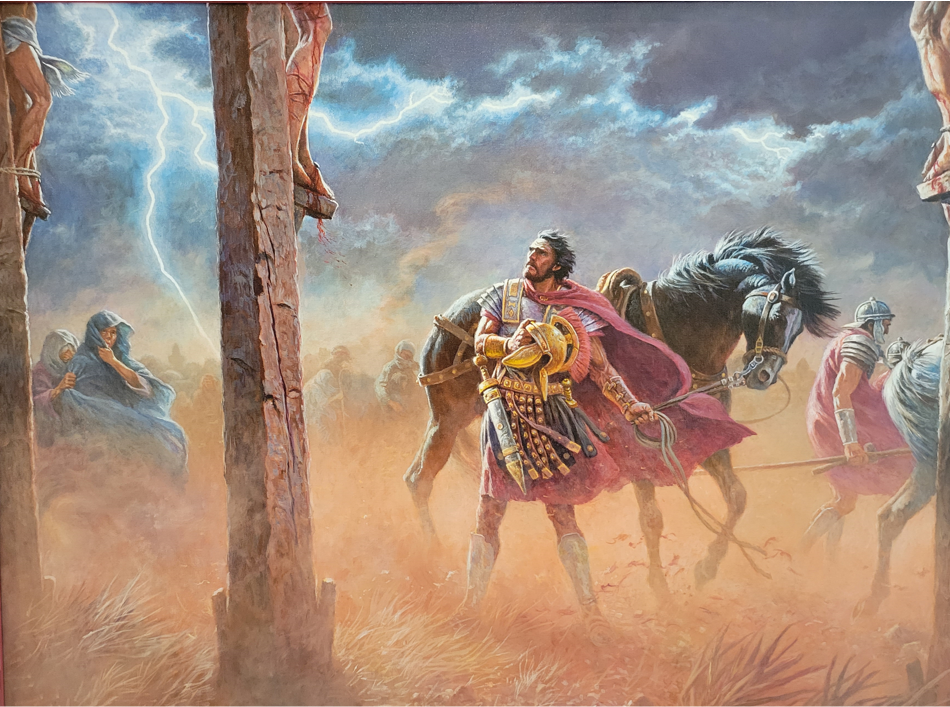

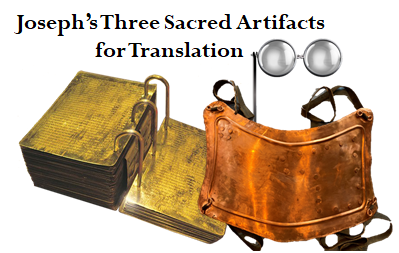
 The King James Old Testament refers to the Urim and Thummim in only seven passages.
The King James Old Testament refers to the Urim and Thummim in only seven passages.  Lucy Mack Smith said, “I trembled so much with fear lest all might be lost again by some small failure in keeping the commandments, that I was under the necessity of leaving the room to conceal my feelings Lucy. Joseph saw this and followed me. “Mother,” said he. “Do not be uneasy. All is right. See here,” said he, “
Lucy Mack Smith said, “I trembled so much with fear lest all might be lost again by some small failure in keeping the commandments, that I was under the necessity of leaving the room to conceal my feelings Lucy. Joseph saw this and followed me. “Mother,” said he. “Do not be uneasy. All is right. See here,” said he, “ “A revision or translation of the King James Version of the Bible begun by the Prophet Joseph Smith in June 1830. He was divinely commissioned to make the translation and regarded it as “a branch of his calling” as a prophet. Although the major portion of the work was completed by July 1833, he continued to make modifications while preparing a manuscript for the press until his death in 1844, and it is possible that some additional modifications would have been made had he lived to publish the entire work. Some parts of the translation were published during his lifetime. “The translation process was a learning experience for the Prophet, and several sections of the Doctrine and Covenants (and also other revelations that are not published in the Doctrine and Covenants) were received in direct consequence of the work (D&C 76–77; 91). Also, specific instruction pertaining to the translation is given in D&C 37:1; 45:60–61; 76:15–18; 90:13; 94:10; 104:58; 124:89. The book of Moses and the 24th chapter of Matthew (JS—M), contained in the Pearl of Great Price, are actual excerpts from the JST. Many excerpts from the JST are also given in the appendix and footnotes in the edition of the KJV that accompanies this dictionary. The JST to some extent assists in restoring the plain and precious things that have been lost from the Bible (see 1 Ne. 13–14). Although not the official Bible of The Church of Jesus Christ of Latter-day Saints, the JST offers many interesting insights and is an invaluable aid to biblical interpretation and understanding. It is a most fruitful source of useful information for the student of the scriptures. It is likewise a witness for the divine calling and ministry of the Prophet Joseph Smith.”
“A revision or translation of the King James Version of the Bible begun by the Prophet Joseph Smith in June 1830. He was divinely commissioned to make the translation and regarded it as “a branch of his calling” as a prophet. Although the major portion of the work was completed by July 1833, he continued to make modifications while preparing a manuscript for the press until his death in 1844, and it is possible that some additional modifications would have been made had he lived to publish the entire work. Some parts of the translation were published during his lifetime. “The translation process was a learning experience for the Prophet, and several sections of the Doctrine and Covenants (and also other revelations that are not published in the Doctrine and Covenants) were received in direct consequence of the work (D&C 76–77; 91). Also, specific instruction pertaining to the translation is given in D&C 37:1; 45:60–61; 76:15–18; 90:13; 94:10; 104:58; 124:89. The book of Moses and the 24th chapter of Matthew (JS—M), contained in the Pearl of Great Price, are actual excerpts from the JST. Many excerpts from the JST are also given in the appendix and footnotes in the edition of the KJV that accompanies this dictionary. The JST to some extent assists in restoring the plain and precious things that have been lost from the Bible (see 1 Ne. 13–14). Although not the official Bible of The Church of Jesus Christ of Latter-day Saints, the JST offers many interesting insights and is an invaluable aid to biblical interpretation and understanding. It is a most fruitful source of useful information for the student of the scriptures. It is likewise a witness for the divine calling and ministry of the Prophet Joseph Smith.” 
 “While looking over our copy of a large English Book of Martyrs, he (Josoeph Smith) expressed sympathy for the Christian martyrs and a hope for their salvation. He asked to borrow the book, promising to return it when he should meet us again in Missouri.
“While looking over our copy of a large English Book of Martyrs, he (Josoeph Smith) expressed sympathy for the Christian martyrs and a hope for their salvation. He asked to borrow the book, promising to return it when he should meet us again in Missouri.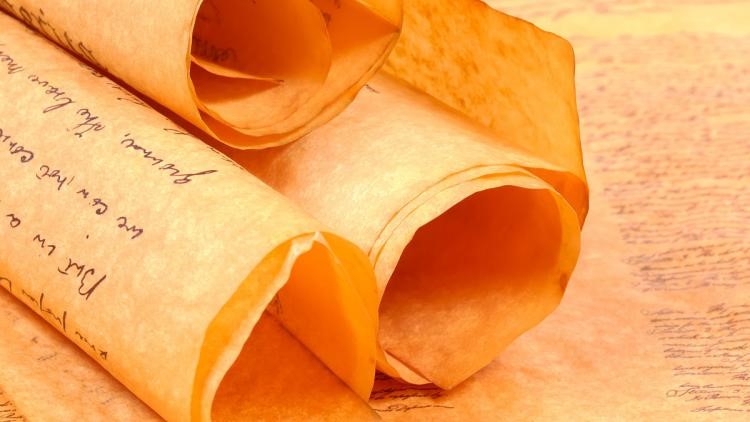 The summer of 1828 had been a traumatic one for the Smith family. On June 15, Joseph and Emma, then living in Harmony, Pennsylvania, near Emma’s parents, lost their firstborn child, a son named Alvin, who died shortly after his birth. For two weeks, Joseph nursed Emma, who seemed “for some time,” wrote Lucy, “more like sinking with her infant into the mansion of the dead, than remaining with her husband among the living.” With Emma slowly recovering, Joseph traveled to the Smith farm in Manchester, New York, only to discover that Martin Harris had lost the 116 transcribed pages of the Book of Mormon. The entire family was plunged into despair, and when Joseph departed for Harmony, Lucy wrote, “We parted with heavy hearts, for it now appeared that all which we had so fondly anticipated, and which had been the source of so much secret gratification, had in a moment fled, and fled for ever.”
The summer of 1828 had been a traumatic one for the Smith family. On June 15, Joseph and Emma, then living in Harmony, Pennsylvania, near Emma’s parents, lost their firstborn child, a son named Alvin, who died shortly after his birth. For two weeks, Joseph nursed Emma, who seemed “for some time,” wrote Lucy, “more like sinking with her infant into the mansion of the dead, than remaining with her husband among the living.” With Emma slowly recovering, Joseph traveled to the Smith farm in Manchester, New York, only to discover that Martin Harris had lost the 116 transcribed pages of the Book of Mormon. The entire family was plunged into despair, and when Joseph departed for Harmony, Lucy wrote, “We parted with heavy hearts, for it now appeared that all which we had so fondly anticipated, and which had been the source of so much secret gratification, had in a moment fled, and fled for ever.” “Lucy, on the other hand, said in one portion of her reminiscences that the Urim and Thummim was returned on September 22, 1828,
“Lucy, on the other hand, said in one portion of her reminiscences that the Urim and Thummim was returned on September 22, 1828,
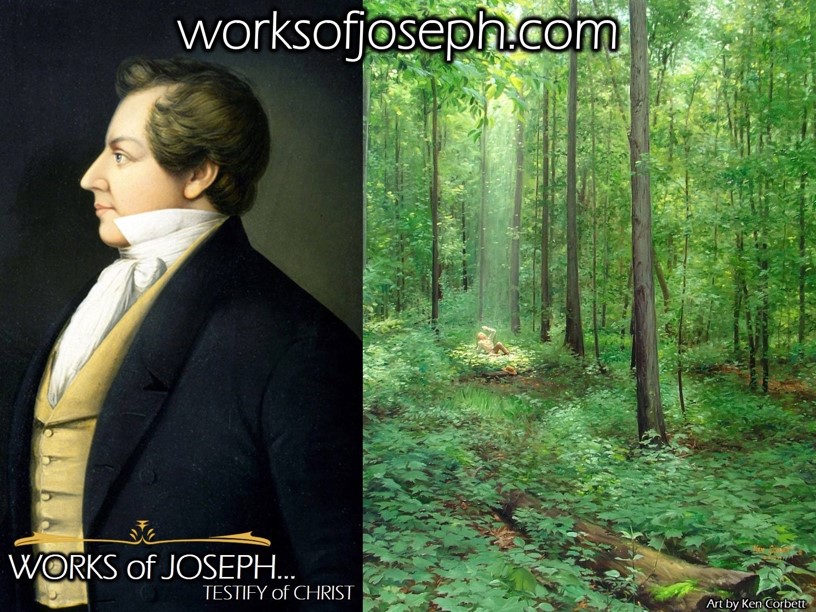

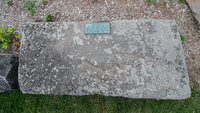


 What was the day 23 Dec 1805 on the Hebrew Calendar?
What was the day 23 Dec 1805 on the Hebrew Calendar?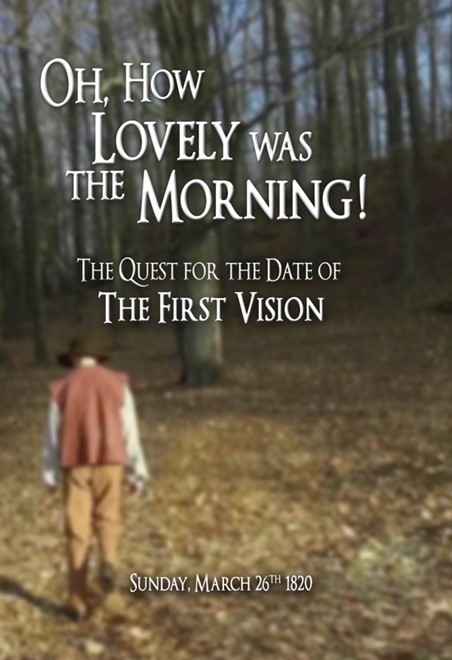
.jpg)
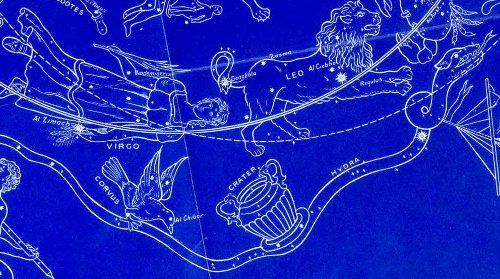
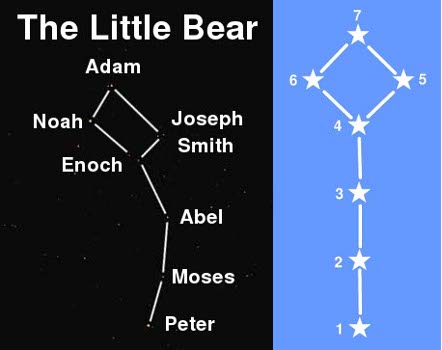
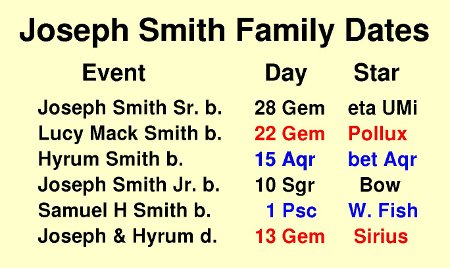 Now consider the Star Calendar. The constellation of the Raven (Corvus) is just below the Maiden (Virgo). The brightest star in the Raven, which represents the entire constellation, has its star slot on the day 13 Vir. It turns out that the prophet’s martyrdom occurred on the very day of the Raven on the Uniform Star Calendar! Thus there are two witnesses that Joseph Smith is the Raven because that was also the day on the Hebrew Calendar.
Now consider the Star Calendar. The constellation of the Raven (Corvus) is just below the Maiden (Virgo). The brightest star in the Raven, which represents the entire constellation, has its star slot on the day 13 Vir. It turns out that the prophet’s martyrdom occurred on the very day of the Raven on the Uniform Star Calendar! Thus there are two witnesses that Joseph Smith is the Raven because that was also the day on the Hebrew Calendar.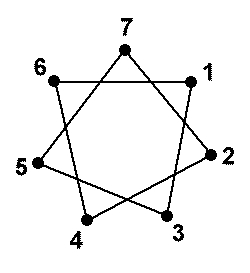
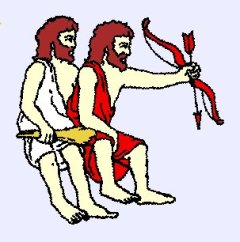 The Twins
The Twins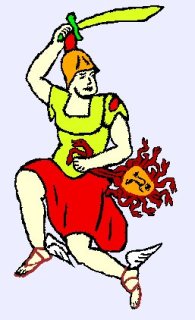
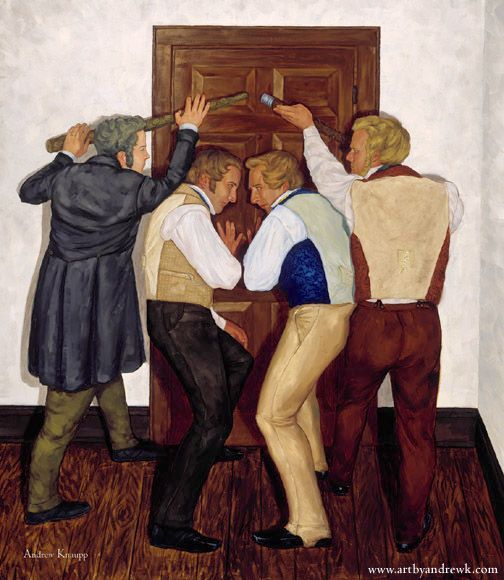
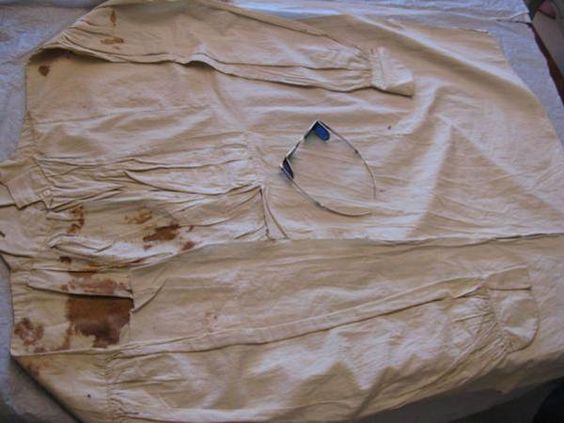

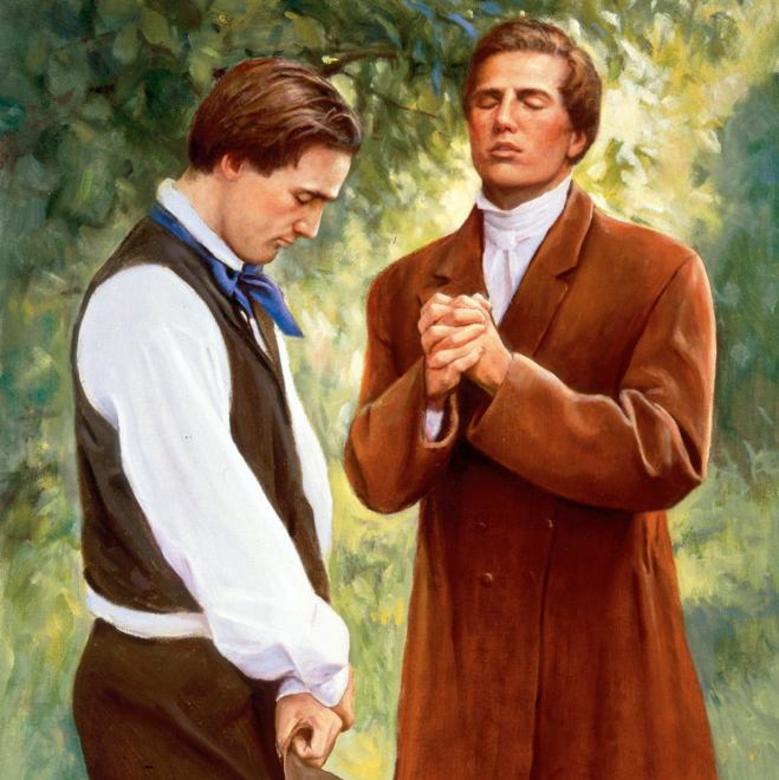 Just days after Joseph Smith announced his candidacy, Sharp regained control of the Warsaw Signal. Consequently, his attacks against the Saints intensified. He was particularly angered that Hyrum Smith was running for state representative, once again blocking his personal ambitions. Surreptitiously, Sharp and his associates did some blocking of their own. They began intercepting Nauvoo newspapers to ensure that only their newspapers reached the wider public.
Just days after Joseph Smith announced his candidacy, Sharp regained control of the Warsaw Signal. Consequently, his attacks against the Saints intensified. He was particularly angered that Hyrum Smith was running for state representative, once again blocking his personal ambitions. Surreptitiously, Sharp and his associates did some blocking of their own. They began intercepting Nauvoo newspapers to ensure that only their newspapers reached the wider public.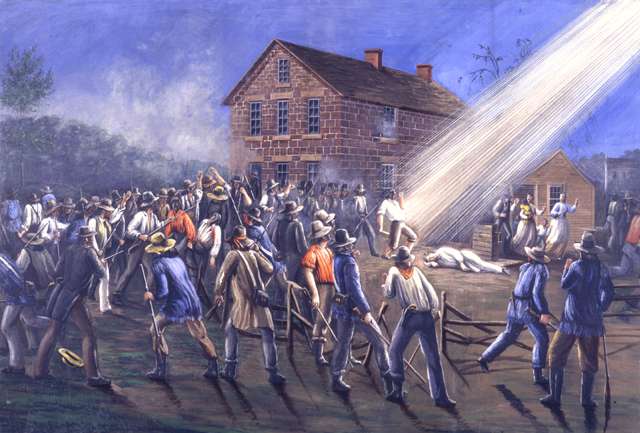 The murder of Joseph and Hyrum Smith at Carthage, Illinois, was not a spontaneous, impulsive act by a few personal enemies of the Mormon leaders, but
The murder of Joseph and Hyrum Smith at Carthage, Illinois, was not a spontaneous, impulsive act by a few personal enemies of the Mormon leaders, but 
 Why all of this commotion? I believe it may be a new fad to go after Brigham Young as there are very few new criticisms about our dear Prophet Joseph Smith. Critics have failed for nearly 200 years with any credible evidence against the fruit of Joseph Smith, which is of course the truth of the Book of Mormon and the other amazing truths he has provided for us. Critics seem to be saying, if we can’t take down Joseph, then we better work against the number two guy, Brigham Young. This subject seems critical to many of those who love Joseph Smith and the Book of Mormon, but they aren’t a part of today’s Church of Jesus Christ of Latter-day Saints. I love these people, but I also pray for them, as they would likely say the same thing about me, as we all have our own biases.
Why all of this commotion? I believe it may be a new fad to go after Brigham Young as there are very few new criticisms about our dear Prophet Joseph Smith. Critics have failed for nearly 200 years with any credible evidence against the fruit of Joseph Smith, which is of course the truth of the Book of Mormon and the other amazing truths he has provided for us. Critics seem to be saying, if we can’t take down Joseph, then we better work against the number two guy, Brigham Young. This subject seems critical to many of those who love Joseph Smith and the Book of Mormon, but they aren’t a part of today’s Church of Jesus Christ of Latter-day Saints. I love these people, but I also pray for them, as they would likely say the same thing about me, as we all have our own biases. “I knew then and also know now that Joseph was a true prophet of God, and that
“I knew then and also know now that Joseph was a true prophet of God, and that  Brigham Young, a man fiercely loyal to the Prophet Joseph Smith, current President of the Twelve and later to become known as the “
Brigham Young, a man fiercely loyal to the Prophet Joseph Smith, current President of the Twelve and later to become known as the “

 The ambiguity ended on July 16.
The ambiguity ended on July 16. People may have deferred to Richards for another reason. Less than two weeks after the killings, Richards, in the course of his usual correspondence, signed one preacher’s license as “Clerk and acting President.” Other preaching licenses reportedly had a still more interesting signature.
People may have deferred to Richards for another reason. Less than two weeks after the killings, Richards, in the course of his usual correspondence, signed one preacher’s license as “Clerk and acting President.” Other preaching licenses reportedly had a still more interesting signature. 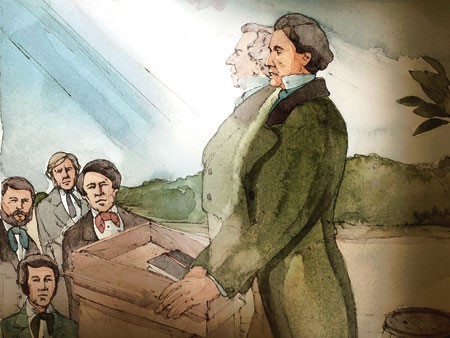
 The second semisecret group was
The second semisecret group was 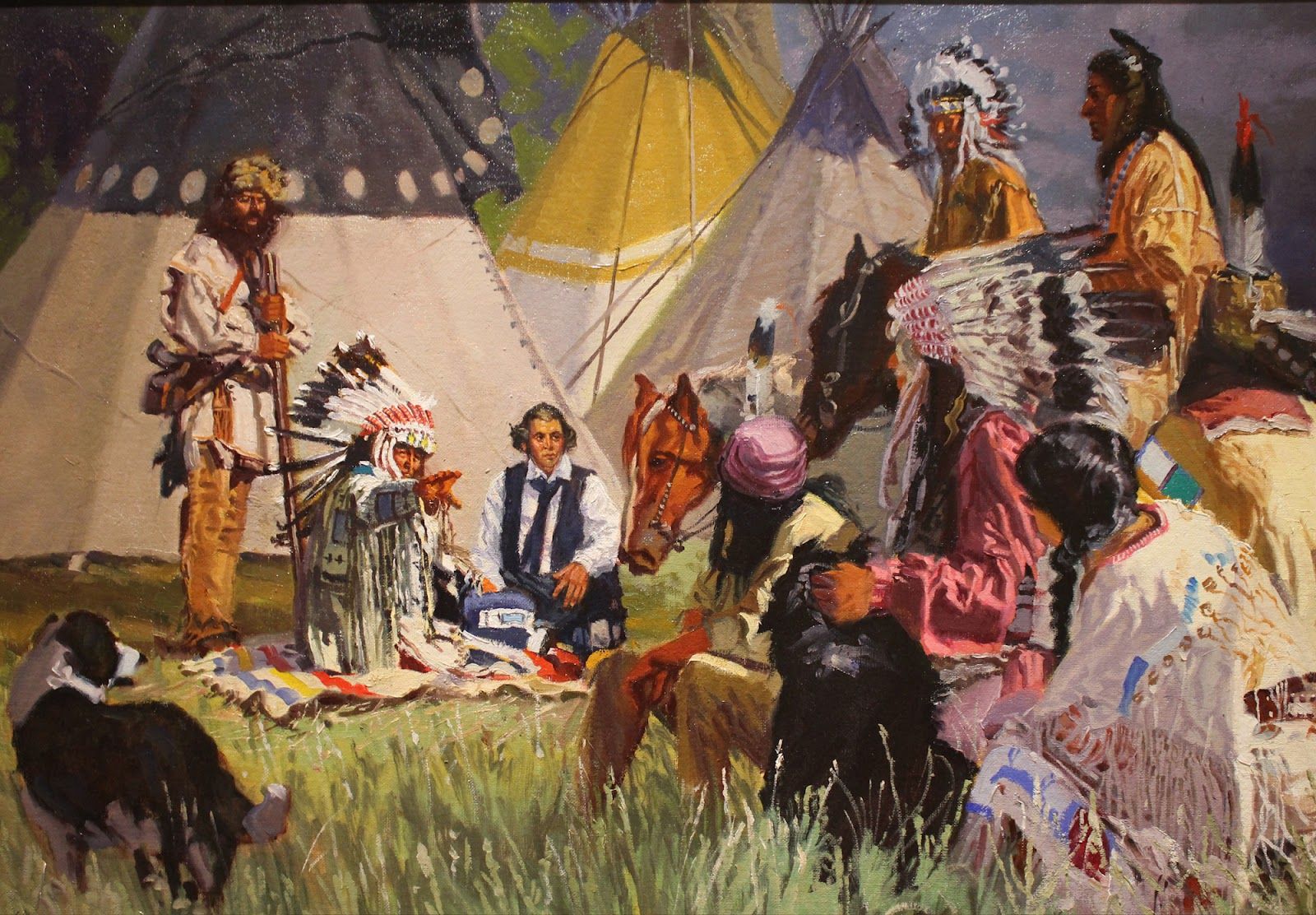
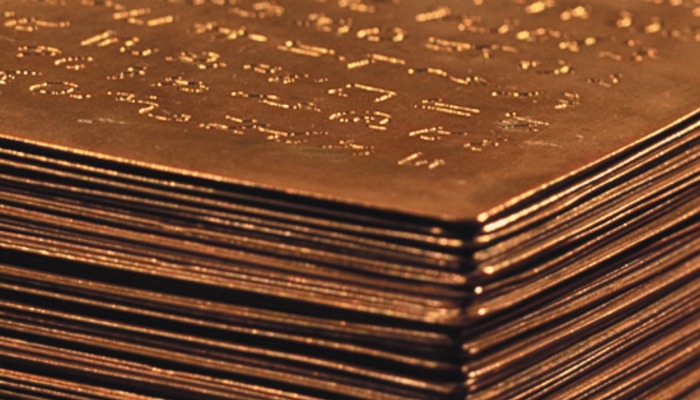

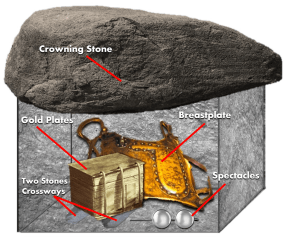 The traditional story is this: the angel Moroni showed Joseph a set of gold plates that he, Moroni, had placed in a stone box when he was still a mortal around 421 A.D. After 4 years, Joseph was allowed to remove the plates from the box. He took them to Harmony, PA, where he translated most of them (Book of Lehi through Book of Moroni). Then he went to Harmony and finished the translation from 1 Nephi through Words of Mormon. At that point, he returned the plates to the angel, who later showed them to the 3 witnesses. A few days later, Joseph showed the plates to the 8 witnesses near his parents’ home outside of Palmyra. Again, Joseph returned the plates to the angel and they haven’t been seen since.
The traditional story is this: the angel Moroni showed Joseph a set of gold plates that he, Moroni, had placed in a stone box when he was still a mortal around 421 A.D. After 4 years, Joseph was allowed to remove the plates from the box. He took them to Harmony, PA, where he translated most of them (Book of Lehi through Book of Moroni). Then he went to Harmony and finished the translation from 1 Nephi through Words of Mormon. At that point, he returned the plates to the angel, who later showed them to the 3 witnesses. A few days later, Joseph showed the plates to the 8 witnesses near his parents’ home outside of Palmyra. Again, Joseph returned the plates to the angel and they haven’t been seen since.


 “Is there not room enough on the mountains of Adam-ondi-Ahman, and on the
“Is there not room enough on the mountains of Adam-ondi-Ahman, and on the 
 Olaha or Olihah
Olaha or Olihah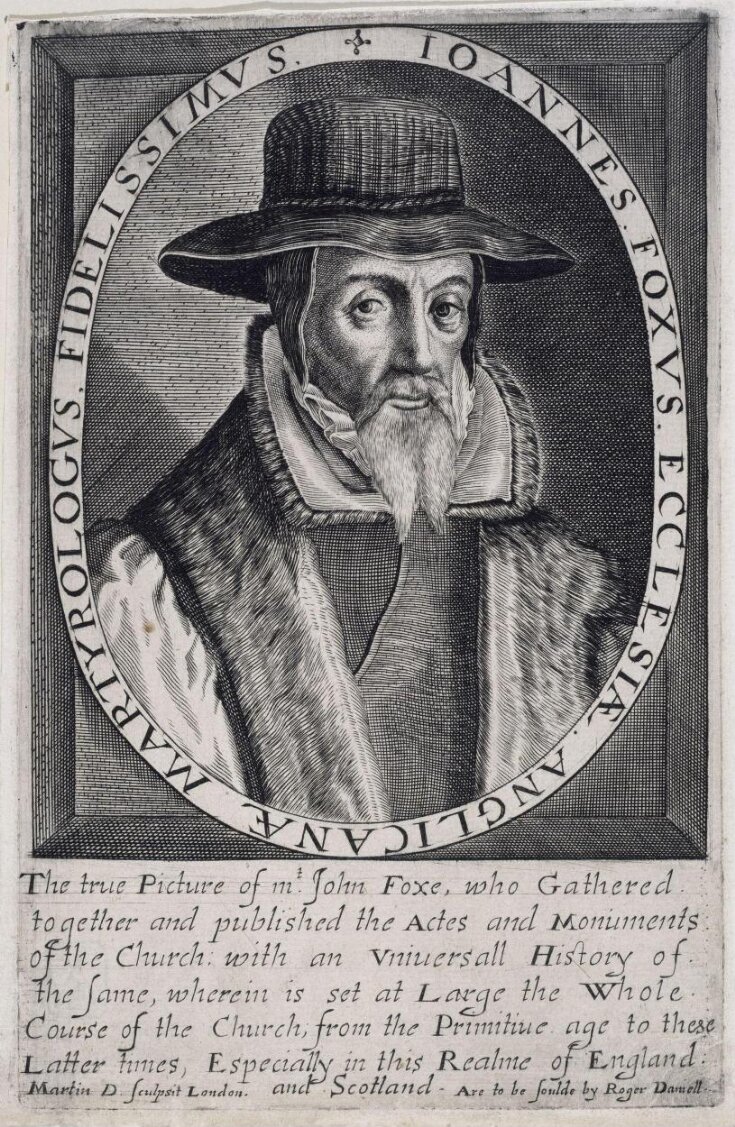
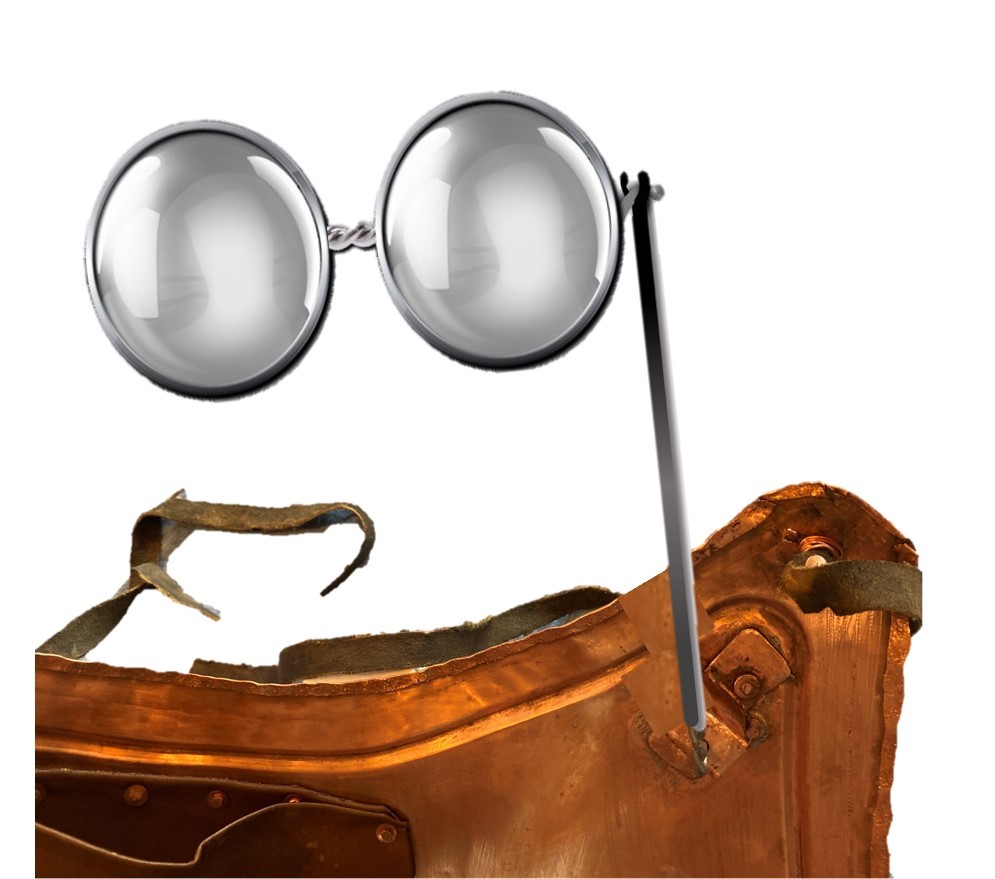
 Abinadi confronted the wicked establishment—in the person of king Noah and his priests—single-handedly. The record gives no hint of any other prophet being present with whom he could share the burden of his ministry.
Abinadi confronted the wicked establishment—in the person of king Noah and his priests—single-handedly. The record gives no hint of any other prophet being present with whom he could share the burden of his ministry.  In this paper I will deal with two general subjects. First, I will discuss the historical and circumstantial record of the man Abinadi—his life, ministry, and death. Second, I will discuss his doctrinal teachings. As we review these things, I invite you to think of the prophet Mormon, at the end of his nation’s struggles in the fourth century AD, searching what must have been by that time a wagonload of the large plates of Nephi and selecting those things of greatest worth to include in his abridged and summarized record. Mormon was not a freelance writer, but was called of God to prepare a record of his people. He was divinely appointed to be the editor and compiler of a sacred record that would deliver a specific message. We can be grateful that he was inspired to include the story and the teachings of the prophet Abinadi. The Book of Mormon would lack continuity, and a major part of its message would be missing, without the Abinadi portion.
In this paper I will deal with two general subjects. First, I will discuss the historical and circumstantial record of the man Abinadi—his life, ministry, and death. Second, I will discuss his doctrinal teachings. As we review these things, I invite you to think of the prophet Mormon, at the end of his nation’s struggles in the fourth century AD, searching what must have been by that time a wagonload of the large plates of Nephi and selecting those things of greatest worth to include in his abridged and summarized record. Mormon was not a freelance writer, but was called of God to prepare a record of his people. He was divinely appointed to be the editor and compiler of a sacred record that would deliver a specific message. We can be grateful that he was inspired to include the story and the teachings of the prophet Abinadi. The Book of Mormon would lack continuity, and a major part of its message would be missing, without the Abinadi portion.

 The odd thing about this idea of using faggots, the only other thing BOMC says comes from North America information about Barley, which doesn’t come from Mesoamerica. In Book of Mormon Central’s own words they say “While the connection between Mesoamerica and Barley is not made, it would seem odd that trade of “principal crops” would take place without the trade of barley. Whether the trade came from Mesoamerica to Arizona, or the other way around, it would make sense that barley was part of the crop trade between the cultures. Why make a trade of major crops and not trade barley? They very well may have. But, because of the moisture content and acidity of the soil in Mesoamerica, it may be difficult to find “little barley” in archaeological digs in Central America.”
The odd thing about this idea of using faggots, the only other thing BOMC says comes from North America information about Barley, which doesn’t come from Mesoamerica. In Book of Mormon Central’s own words they say “While the connection between Mesoamerica and Barley is not made, it would seem odd that trade of “principal crops” would take place without the trade of barley. Whether the trade came from Mesoamerica to Arizona, or the other way around, it would make sense that barley was part of the crop trade between the cultures. Why make a trade of major crops and not trade barley? They very well may have. But, because of the moisture content and acidity of the soil in Mesoamerica, it may be difficult to find “little barley” in archaeological digs in Central America.” 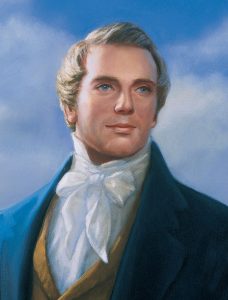




 Whose occupation was that of a toll-gatherer, was born at Nazareth. He wrote his gospel in Hebrew, which was afterwards translated into Greek by James the Less. The scene of his labors was Parthia, and Ethiopia, in which latter country he suffered martyrdom, being slain with a halberd in the city of Nadabah, A.D. 60.
Whose occupation was that of a toll-gatherer, was born at Nazareth. He wrote his gospel in Hebrew, which was afterwards translated into Greek by James the Less. The scene of his labors was Parthia, and Ethiopia, in which latter country he suffered martyrdom, being slain with a halberd in the city of Nadabah, A.D. 60. VIII. St. Mark
VIII. St. Mark Illustration from a 1583 edition of Foxe’s Book of Martyrs, showing Papists torturing Protestants, in this case by scraping their bodies with shells.
Illustration from a 1583 edition of Foxe’s Book of Martyrs, showing Papists torturing Protestants, in this case by scraping their bodies with shells. XII. Bartholomew
XII. Bartholomew XIV. Luke
XIV. Luke The “beloved disciple,” was brother to James the Great. The churches of Smyrna, Pergamos, Sardis, Philadelphia, Laodicea, and Thyatira, were founded by him. From Ephesus he was ordered to be sent to Rome, where it is affirmed he was cast into a cauldron of boiling oil. He escaped by miracle, without injury. Domitian afterwards banished him to the Isle of Patmos, where he wrote the Book of Revelation. Nerva, the successor of Domitian, recalled him. He was the only apostle who escaped a violent death.
The “beloved disciple,” was brother to James the Great. The churches of Smyrna, Pergamos, Sardis, Philadelphia, Laodicea, and Thyatira, were founded by him. From Ephesus he was ordered to be sent to Rome, where it is affirmed he was cast into a cauldron of boiling oil. He escaped by miracle, without injury. Domitian afterwards banished him to the Isle of Patmos, where he wrote the Book of Revelation. Nerva, the successor of Domitian, recalled him. He was the only apostle who escaped a violent death. XVII. Barnabas
XVII. Barnabas
 John Taylor said, “Joseph Smith, the Prophet and Seer of the Lord, has done more, save Jesus only, for the salvation of men in this world, than any other man that ever lived in it.
John Taylor said, “Joseph Smith, the Prophet and Seer of the Lord, has done more, save Jesus only, for the salvation of men in this world, than any other man that ever lived in it. Church history is filled with amazing stories of courage and divine inspiration, but often we skip over the profound events that happened to the Saints in Kirtland, Ohio. In this volume, author Karl Ricks Anderson
Church history is filled with amazing stories of courage and divine inspiration, but often we skip over the profound events that happened to the Saints in Kirtland, Ohio. In this volume, author Karl Ricks Anderson  Zebedee Coltrin, a member of the School of the Prophets records: “At one of these meetings after the organization of the school, (the school being organized on the 23rd of January, 1833, when we were all together, Joseph having given instructions, and while engaged in silent prayer, kneeling, with our hands uplifted each one praying in silence, no one whispered above his breath,
Zebedee Coltrin, a member of the School of the Prophets records: “At one of these meetings after the organization of the school, (the school being organized on the 23rd of January, 1833, when we were all together, Joseph having given instructions, and while engaged in silent prayer, kneeling, with our hands uplifted each one praying in silence, no one whispered above his breath,  Once after returning from a mission, he [Zebedee Coltrin] met Brother Joseph in Kirtland, who asked him if he did not wish to go with him to a conference at New Portage. The party consisted of Presidents Joseph Smith, Sidney Rigdon, Oliver Cowdery and myself [Zebedee Coltrin]. Next morning at New Portage, he noticed that Joseph seemed to have a far off look in his eyes, or was looking at a distance and presently he, Joseph, stepped between Brothers Cowdery and Coltrin and taking them by the arm, said, “Let’s take a walk.” They went to a place where there was some beautiful grass and grapevines and swamp beech interlaced. President Joseph Smith then said, “Let us pray.” They all three prayed in turn—Joseph, Oliver, and Zebedee. Brother Joseph then said, “
Once after returning from a mission, he [Zebedee Coltrin] met Brother Joseph in Kirtland, who asked him if he did not wish to go with him to a conference at New Portage. The party consisted of Presidents Joseph Smith, Sidney Rigdon, Oliver Cowdery and myself [Zebedee Coltrin]. Next morning at New Portage, he noticed that Joseph seemed to have a far off look in his eyes, or was looking at a distance and presently he, Joseph, stepped between Brothers Cowdery and Coltrin and taking them by the arm, said, “Let’s take a walk.” They went to a place where there was some beautiful grass and grapevines and swamp beech interlaced. President Joseph Smith then said, “Let us pray.” They all three prayed in turn—Joseph, Oliver, and Zebedee. Brother Joseph then said, “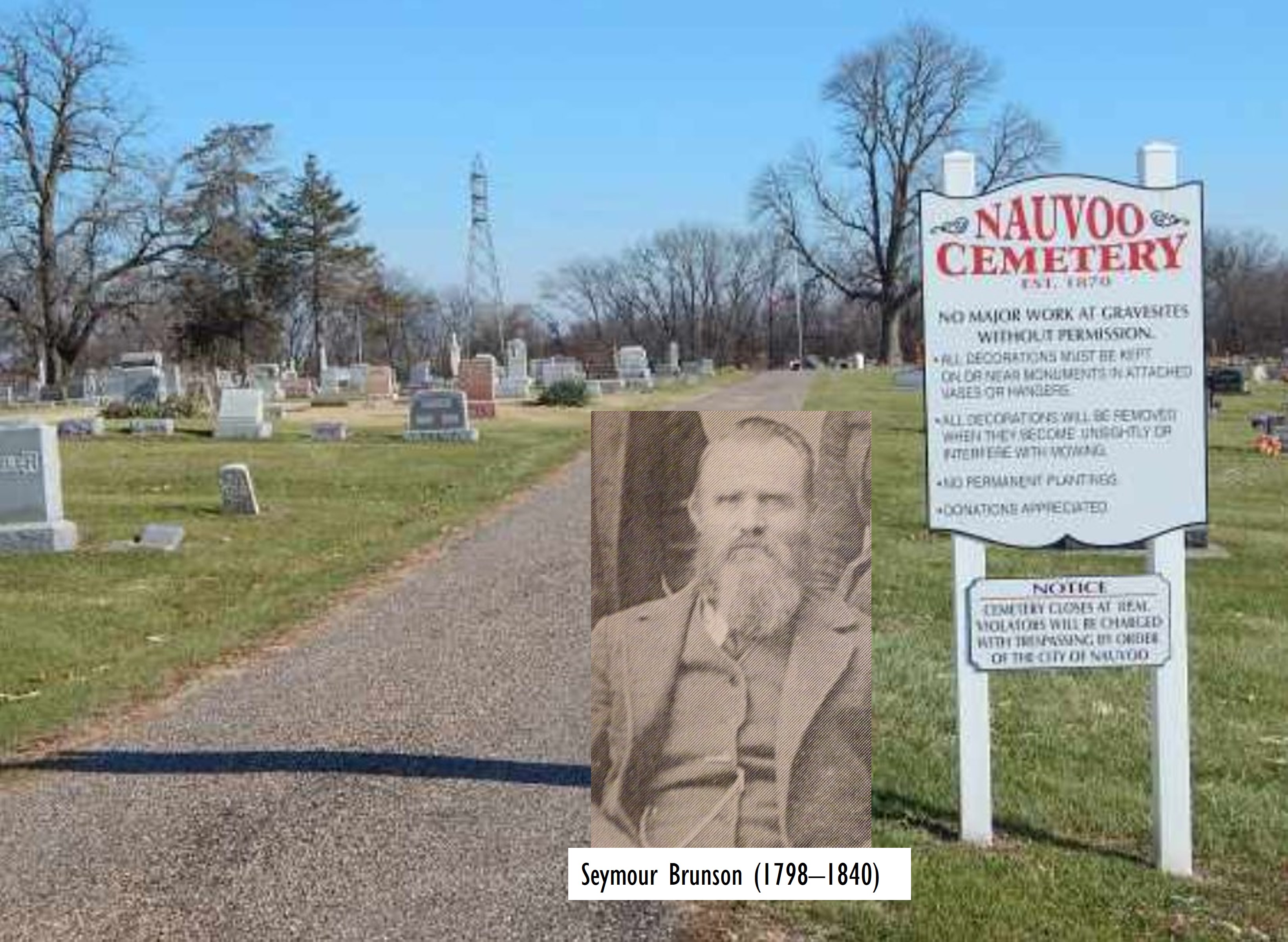



 A quote from Joseph in Nauvoo on July 19th, and a revelation about baptisms for the dead a few weeks later on Aug 15 of 1840, a coincidence? I think not. Great wars and battles bring a great need to baptize for those who didn’t have the opportunity because of death by war and other means. This is the reason for the urgency I feel about getting the message out about this great pioneer and saint, Seymour Brunson. Inspired because of Brother Brunson’s death, our dear Prophet Joseph Smith was to reveal the critical need of baptisms for the dead. What a blessing. Thank you Seymour Brunson for your diligence and service which greatly contributed to the Salvation of those who have passed without the saving ordinance of baptism.
A quote from Joseph in Nauvoo on July 19th, and a revelation about baptisms for the dead a few weeks later on Aug 15 of 1840, a coincidence? I think not. Great wars and battles bring a great need to baptize for those who didn’t have the opportunity because of death by war and other means. This is the reason for the urgency I feel about getting the message out about this great pioneer and saint, Seymour Brunson. Inspired because of Brother Brunson’s death, our dear Prophet Joseph Smith was to reveal the critical need of baptisms for the dead. What a blessing. Thank you Seymour Brunson for your diligence and service which greatly contributed to the Salvation of those who have passed without the saving ordinance of baptism.





 O remember, these words and keep my commandments. Remember this is your gift. Now this is not all, for you have another gift, which is
O remember, these words and keep my commandments. Remember this is your gift. Now this is not all, for you have another gift, which is  Oliver Cowdery lived in a culture steeped in biblical ideas, language and practices. The revelation’s reference to Moses likely resonated with him. The Old Testament account of Moses and his brother Aaron recounted
Oliver Cowdery lived in a culture steeped in biblical ideas, language and practices. The revelation’s reference to Moses likely resonated with him. The Old Testament account of Moses and his brother Aaron recounted  As Joseph and Oliver continued their work,
As Joseph and Oliver continued their work,  The Lord recognized Oliver’s ability to use a rod: “thou hast another
The Lord recognized Oliver’s ability to use a rod: “thou hast another  Though we know very few details about Oliver Cowdery’s attempt to translate, it apparently did not go well. His efforts quickly came to naught. In the wake of Oliver’s failure, Joseph Smith received another revelation, counseling Oliver, “Be patient my son, for it is wisdom in me, and
Though we know very few details about Oliver Cowdery’s attempt to translate, it apparently did not go well. His efforts quickly came to naught. In the wake of Oliver’s failure, Joseph Smith received another revelation, counseling Oliver, “Be patient my son, for it is wisdom in me, and  If we presume, for the sake of argument, that the Book of Commandments revelation of 1829 did refer to a physical rod, it is useful to consider just what Oliver was told:
If we presume, for the sake of argument, that the Book of Commandments revelation of 1829 did refer to a physical rod, it is useful to consider just what Oliver was told: Now this is not all,
Now this is not all, 

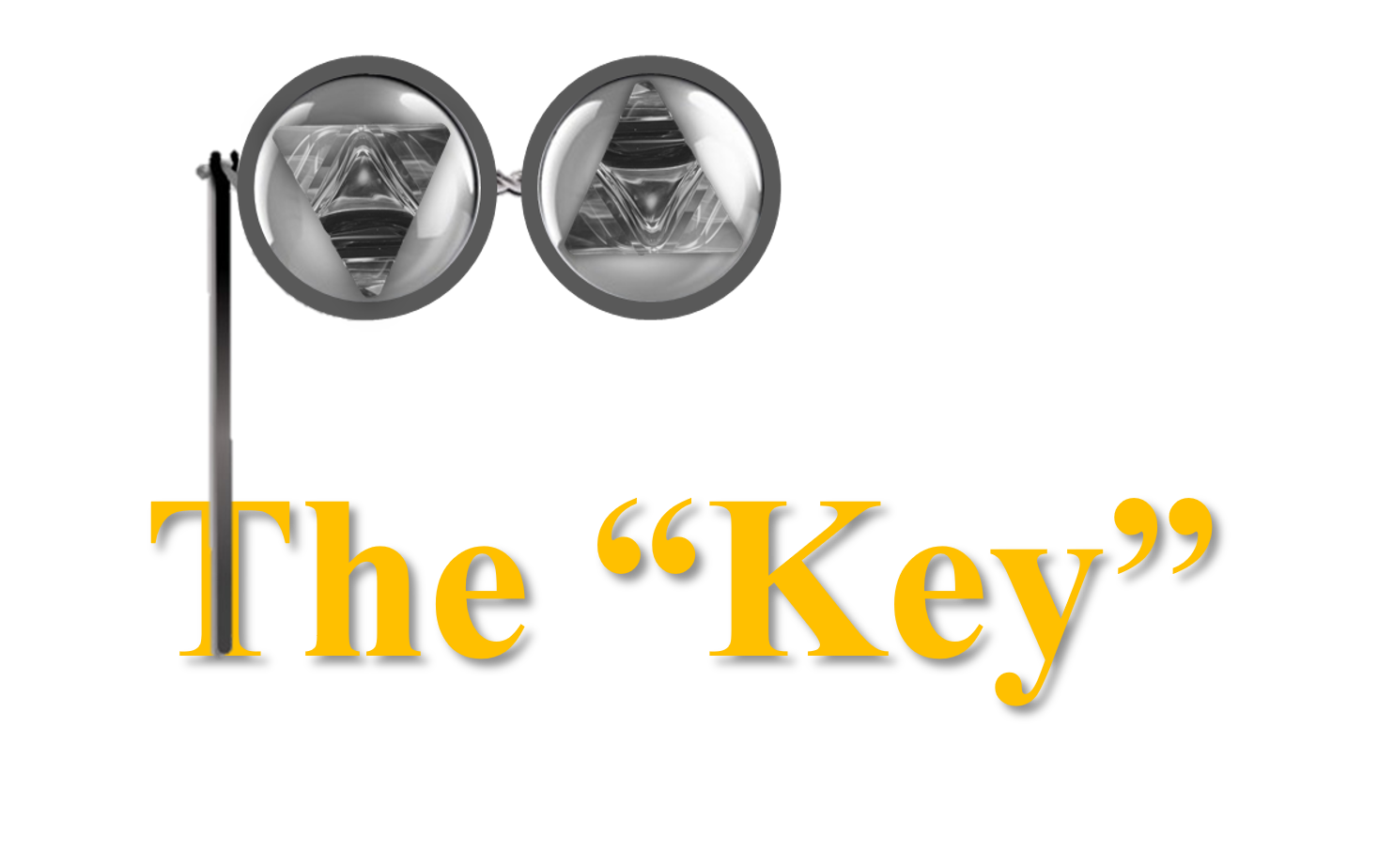
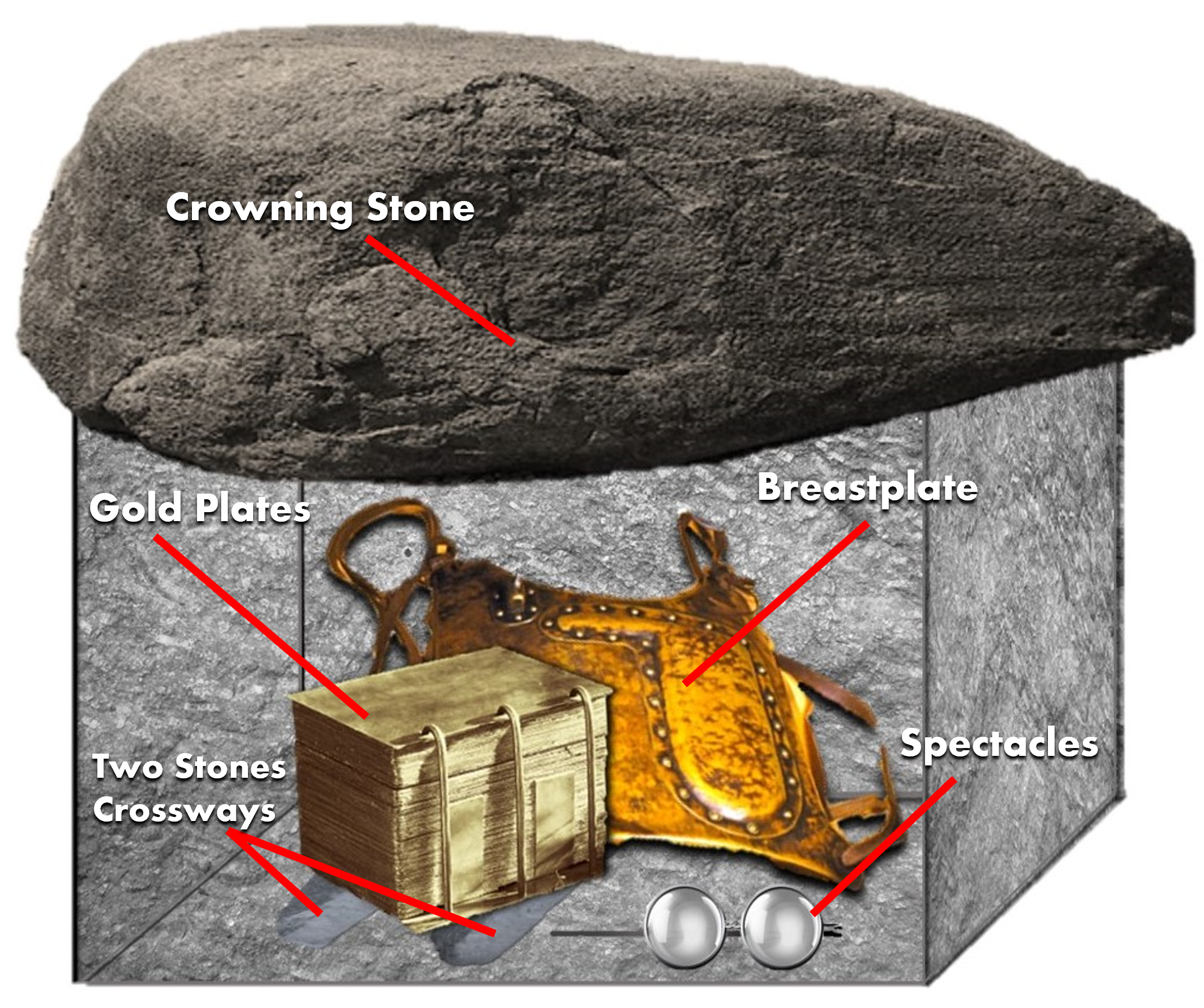 1. The Gold Plates which a portion were sealed
1. The Gold Plates which a portion were sealed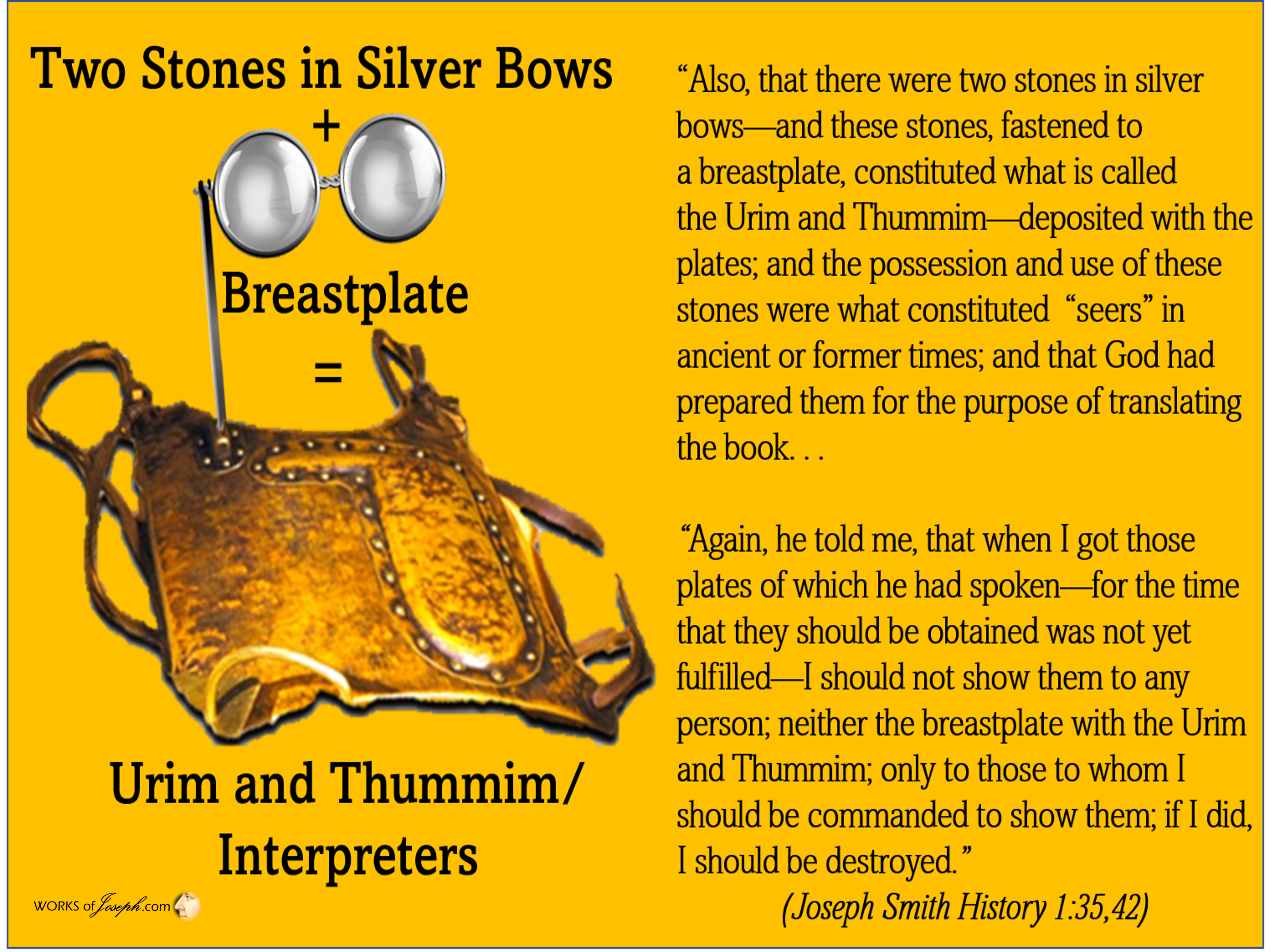


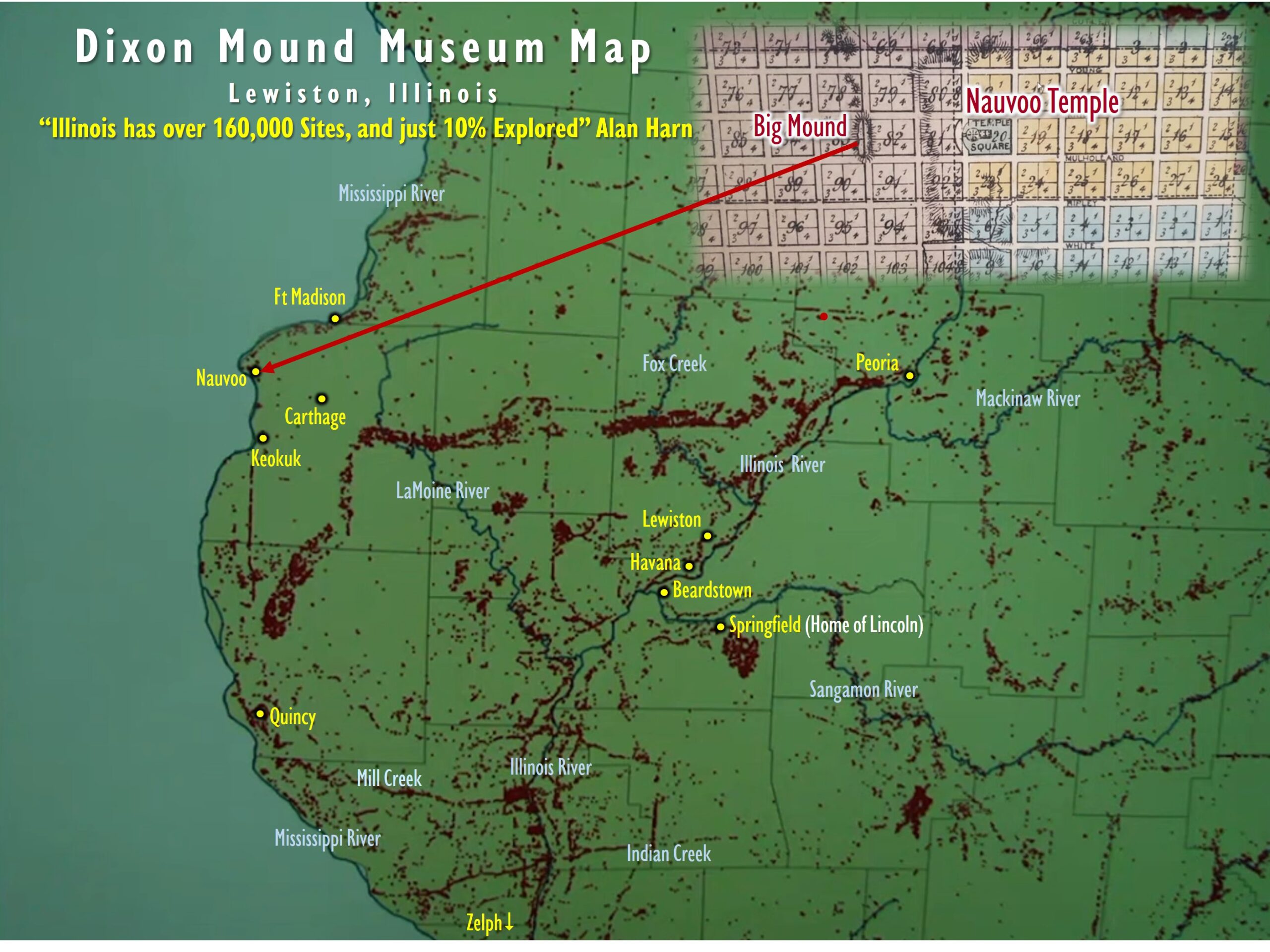
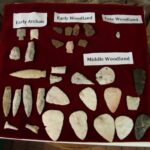
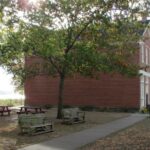
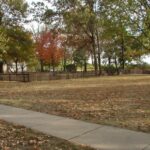
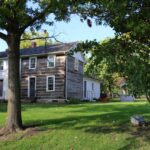
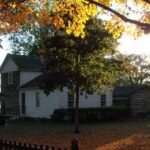
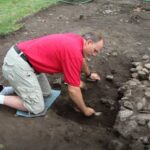
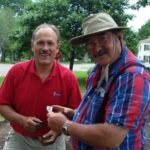
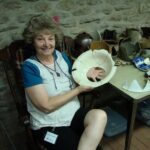
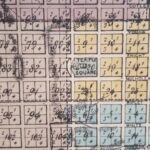
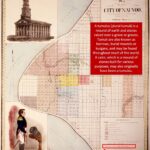
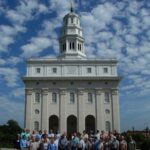
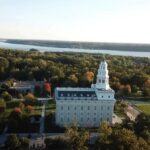
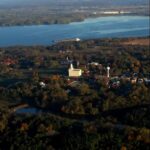
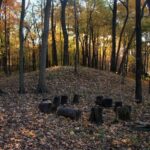
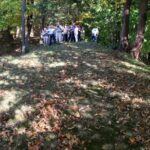
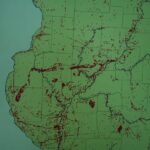
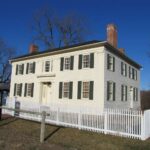
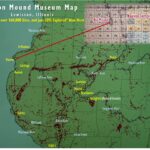



 assigned to the Northeast USA Mission Field. He also serves as Historic Sites director and Church History and Sacred Story Ministries Team lead.
assigned to the Northeast USA Mission Field. He also serves as Historic Sites director and Church History and Sacred Story Ministries Team lead.



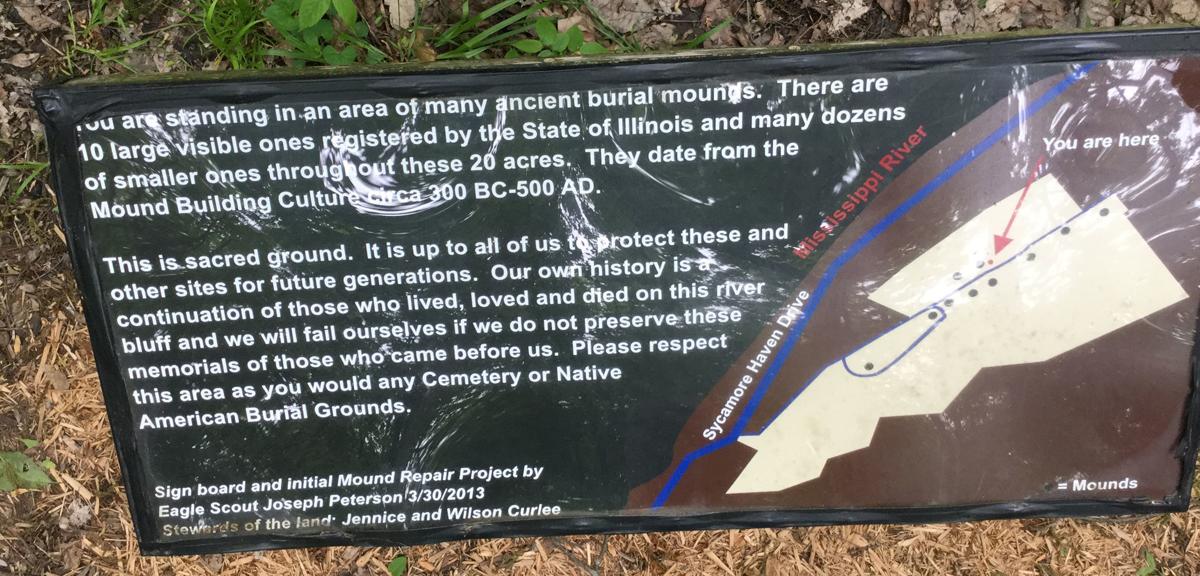
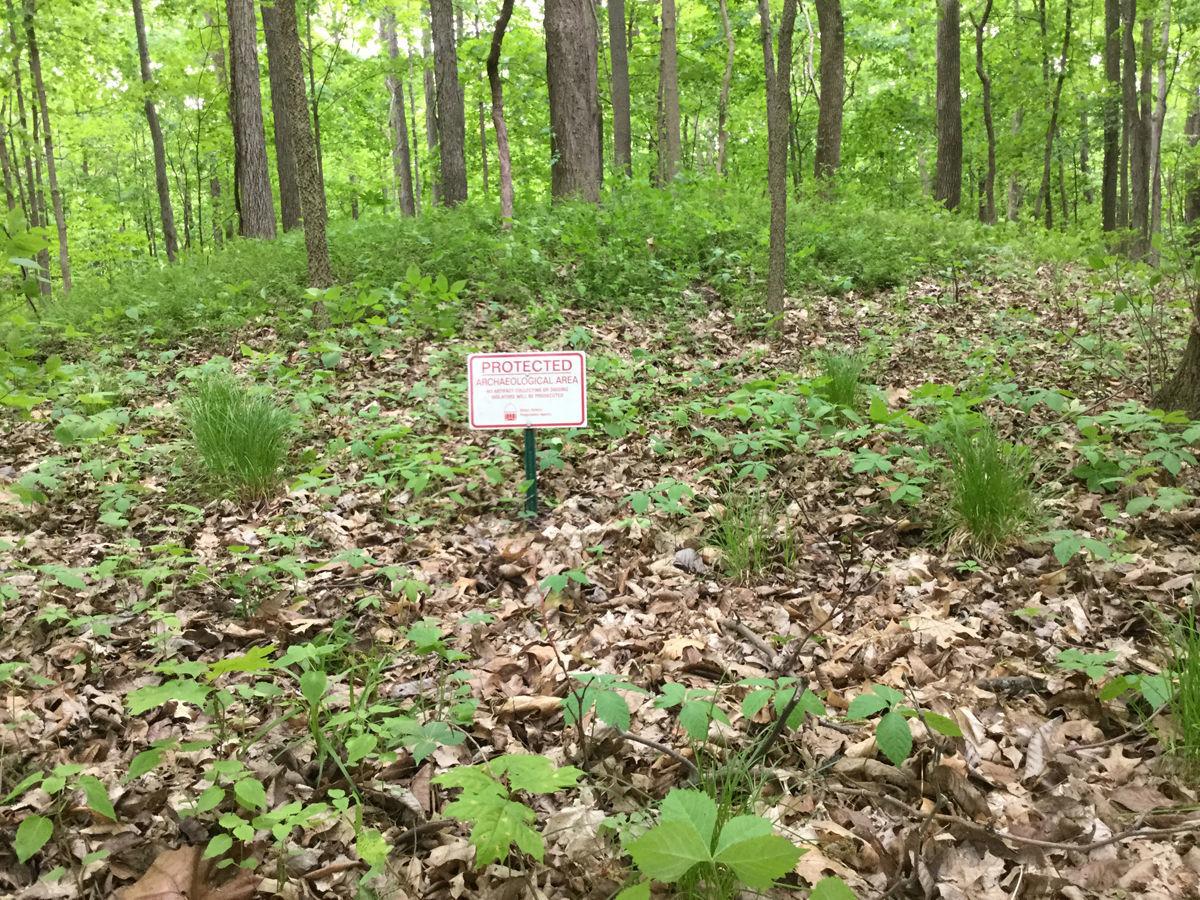 Some things these woodland culture people left behind are the Hopewell Burial Mounds. These mounds are part of the Hopewell culture which flourished from around 550BC to 400AD.
Some things these woodland culture people left behind are the Hopewell Burial Mounds. These mounds are part of the Hopewell culture which flourished from around 550BC to 400AD.





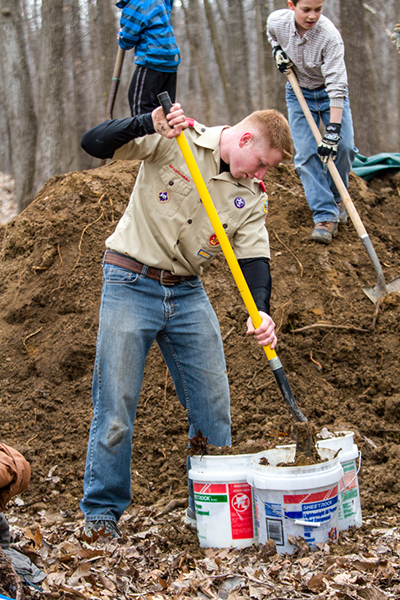





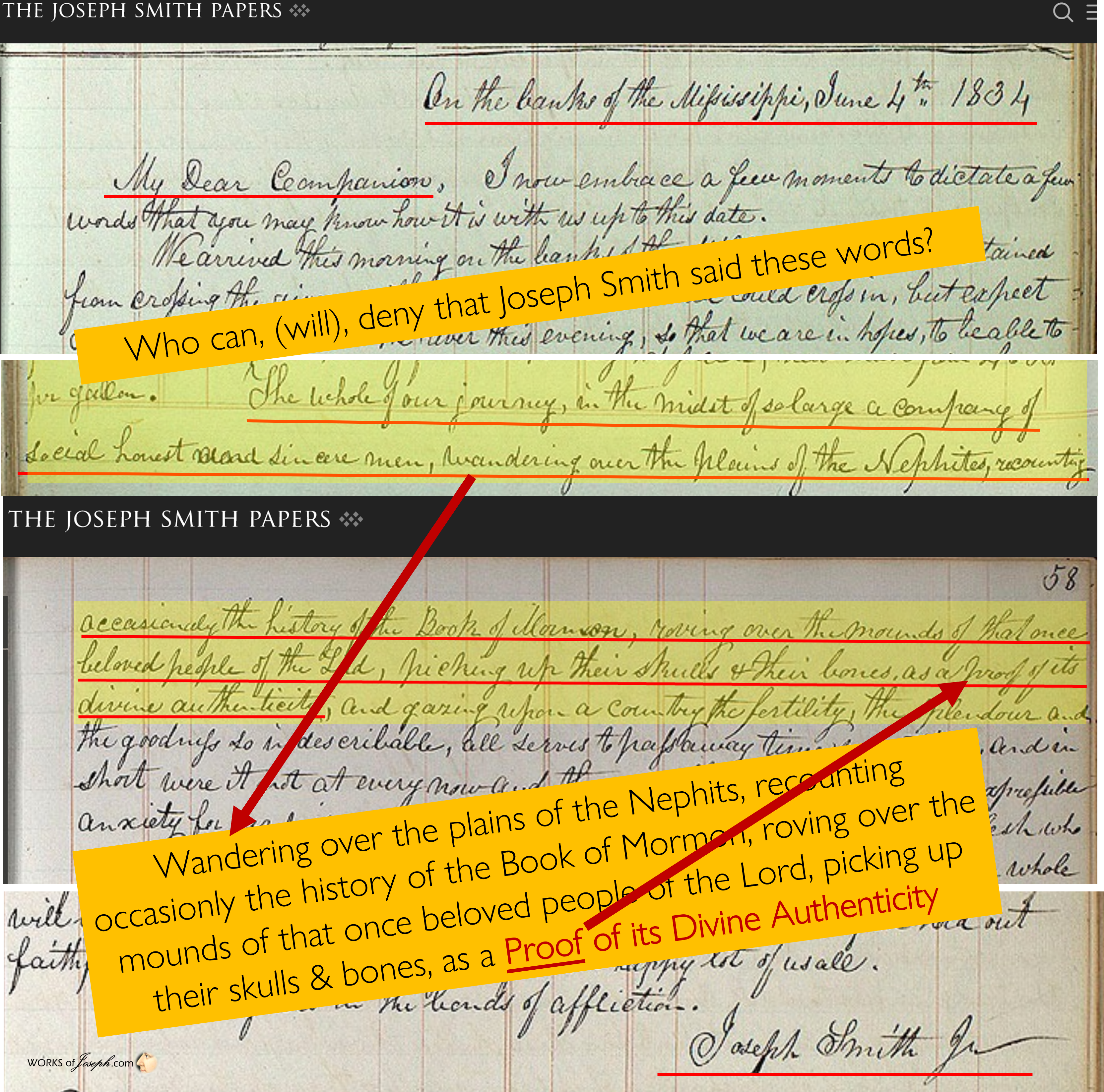
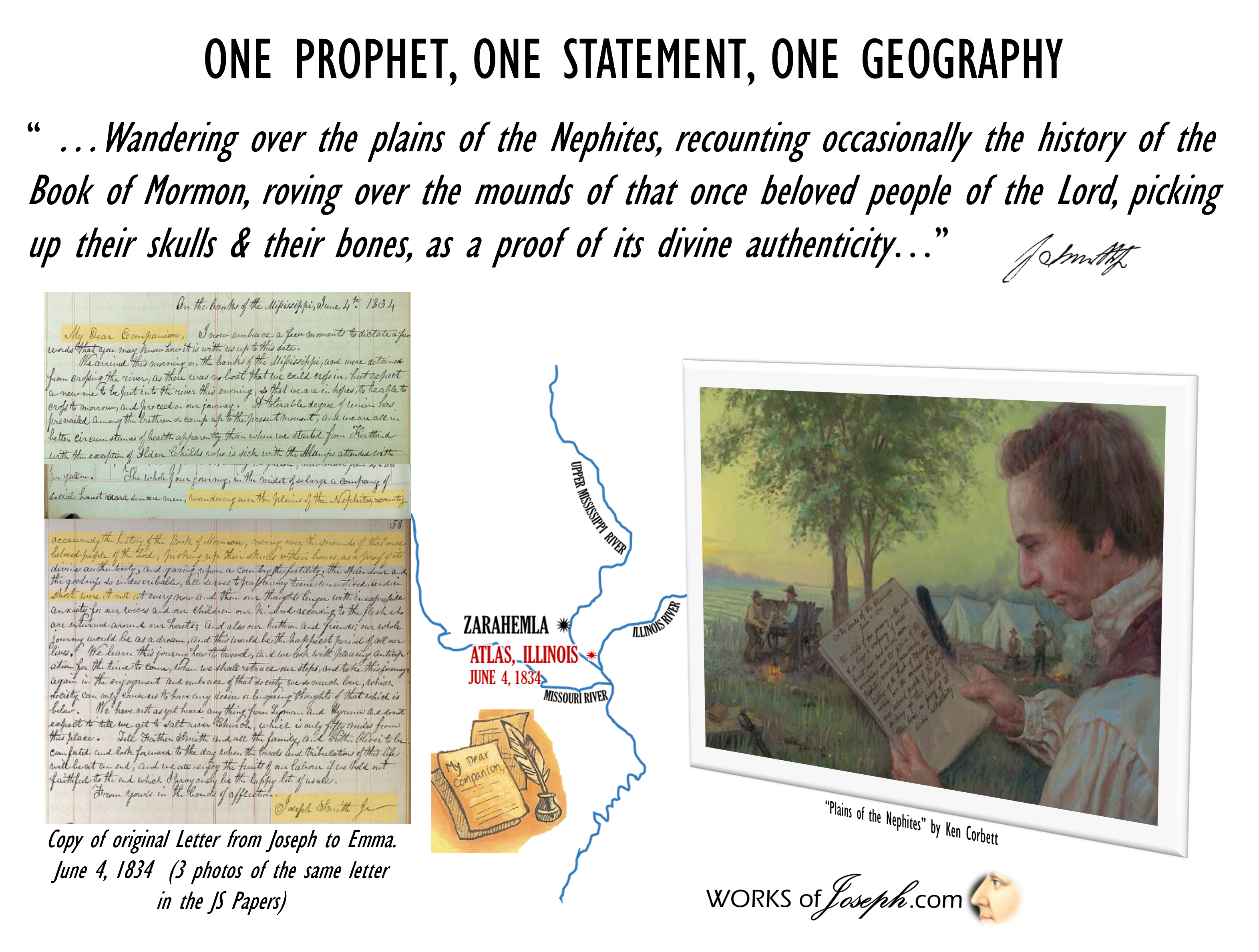
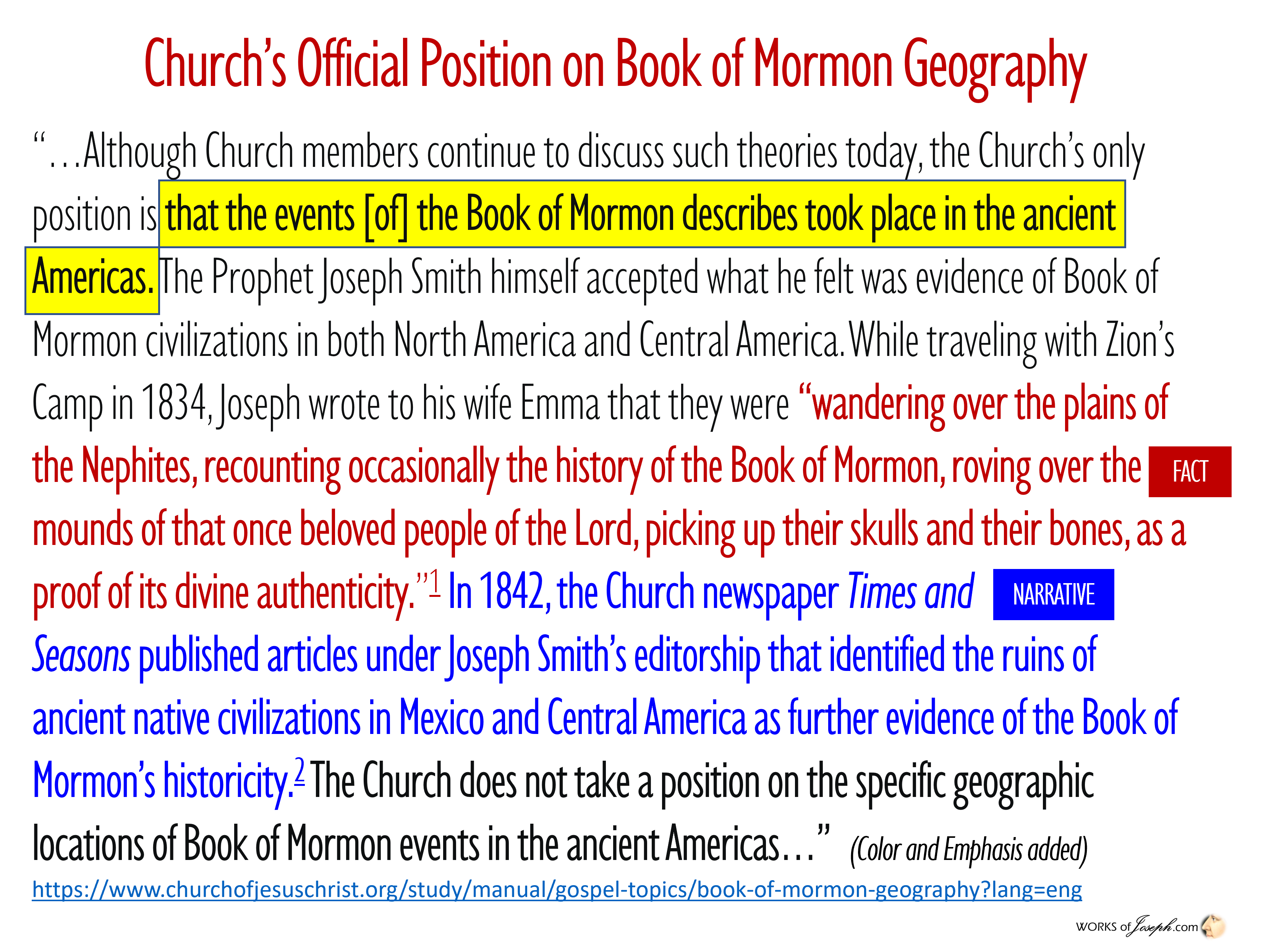
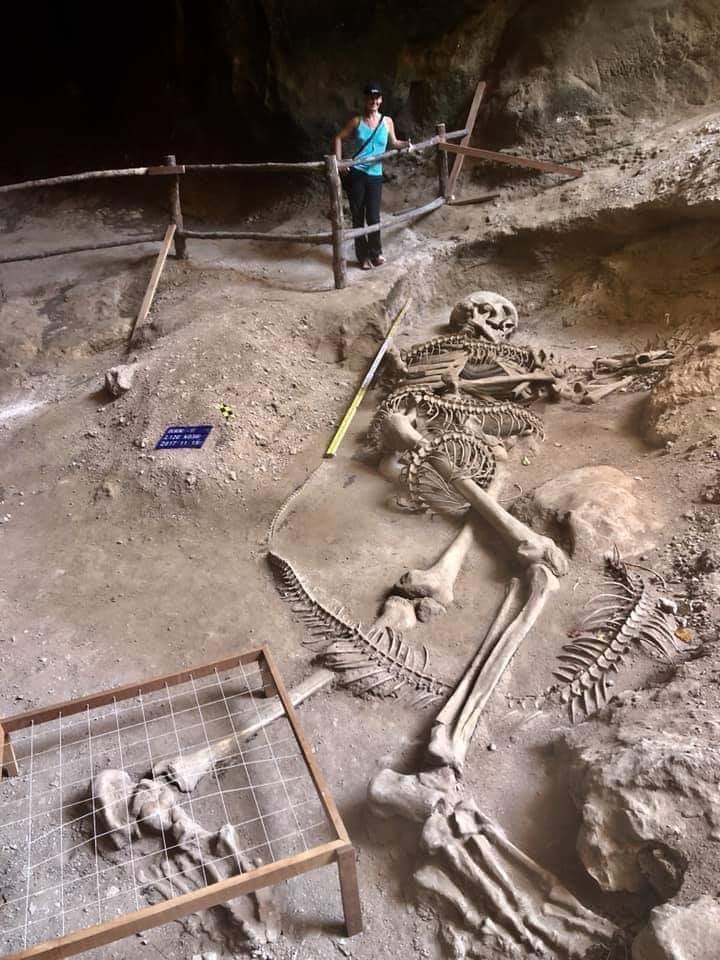
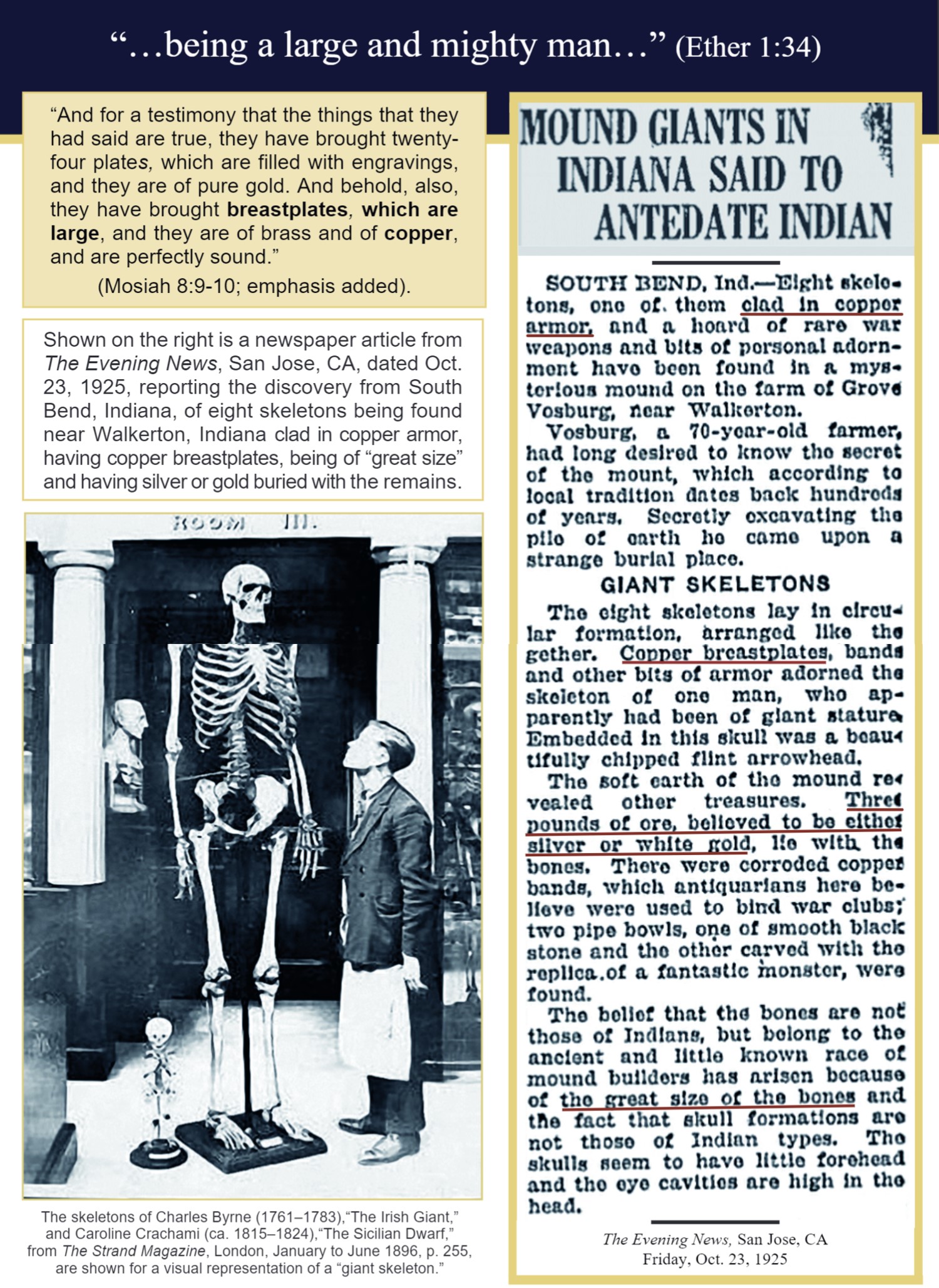
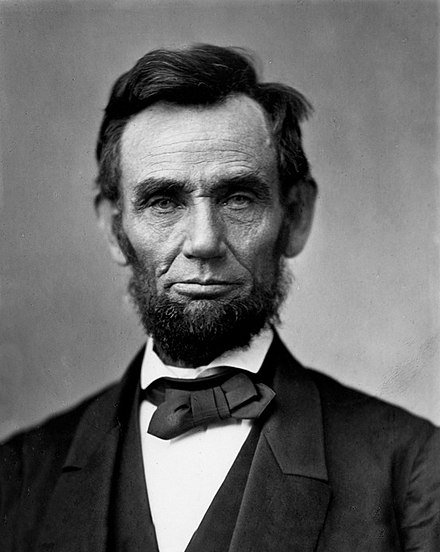
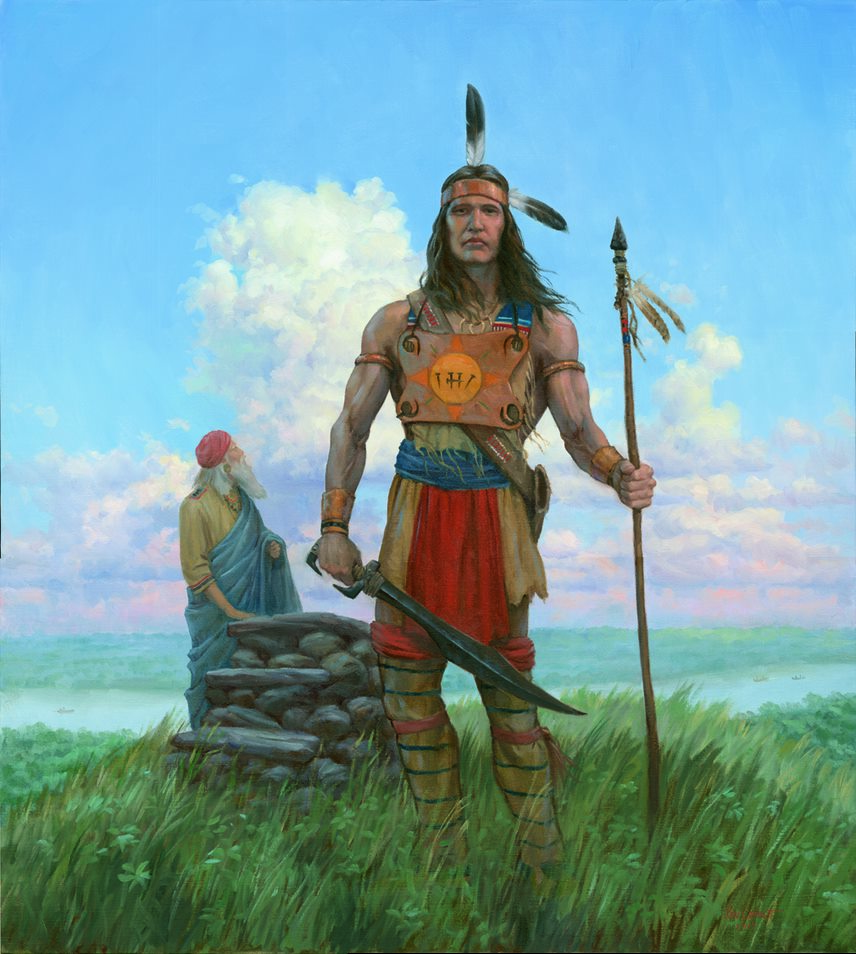
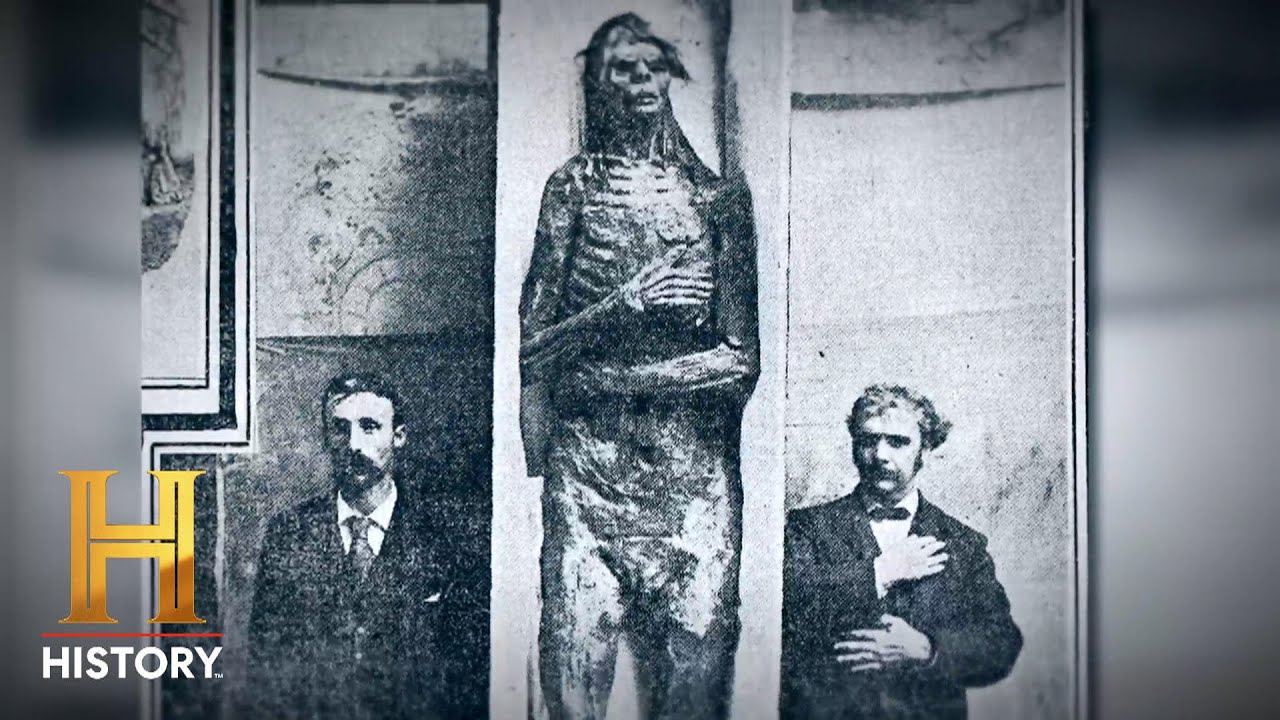 The other, situated on the point of a commanding bluff, was also conical in form, 50 feet in diameter and about
The other, situated on the point of a commanding bluff, was also conical in form, 50 feet in diameter and about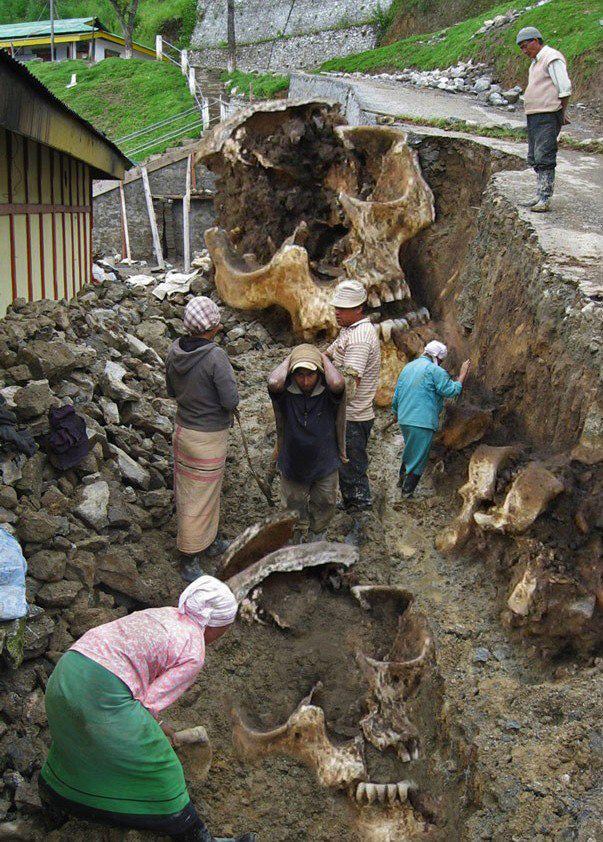 “In 1879, some Indiana archaeologists dug into an ancient burial mound at Brewersville, Indiana, and unearthed a human skeleton that measured
“In 1879, some Indiana archaeologists dug into an ancient burial mound at Brewersville, Indiana, and unearthed a human skeleton that measured 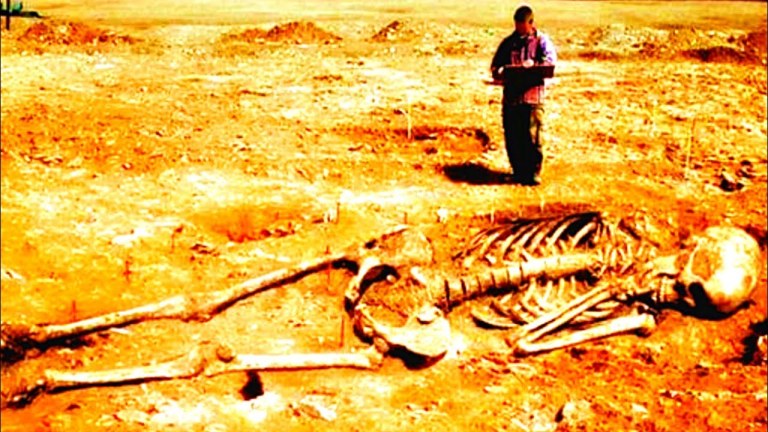 Mrs. Alice Taylor recorded an interesting story of Pike County as follows: “My mother, Clarissa Brenton Laws’ grandfather was George Parker, who died at an early age in Pike County. He was buried in a cemetery on a knob about three miles below Petersburg Indiana. When they thought the grave was dug, one of the men sounded his pick down and it sounded hollow; so they dug some more and
Mrs. Alice Taylor recorded an interesting story of Pike County as follows: “My mother, Clarissa Brenton Laws’ grandfather was George Parker, who died at an early age in Pike County. He was buried in a cemetery on a knob about three miles below Petersburg Indiana. When they thought the grave was dug, one of the men sounded his pick down and it sounded hollow; so they dug some more and 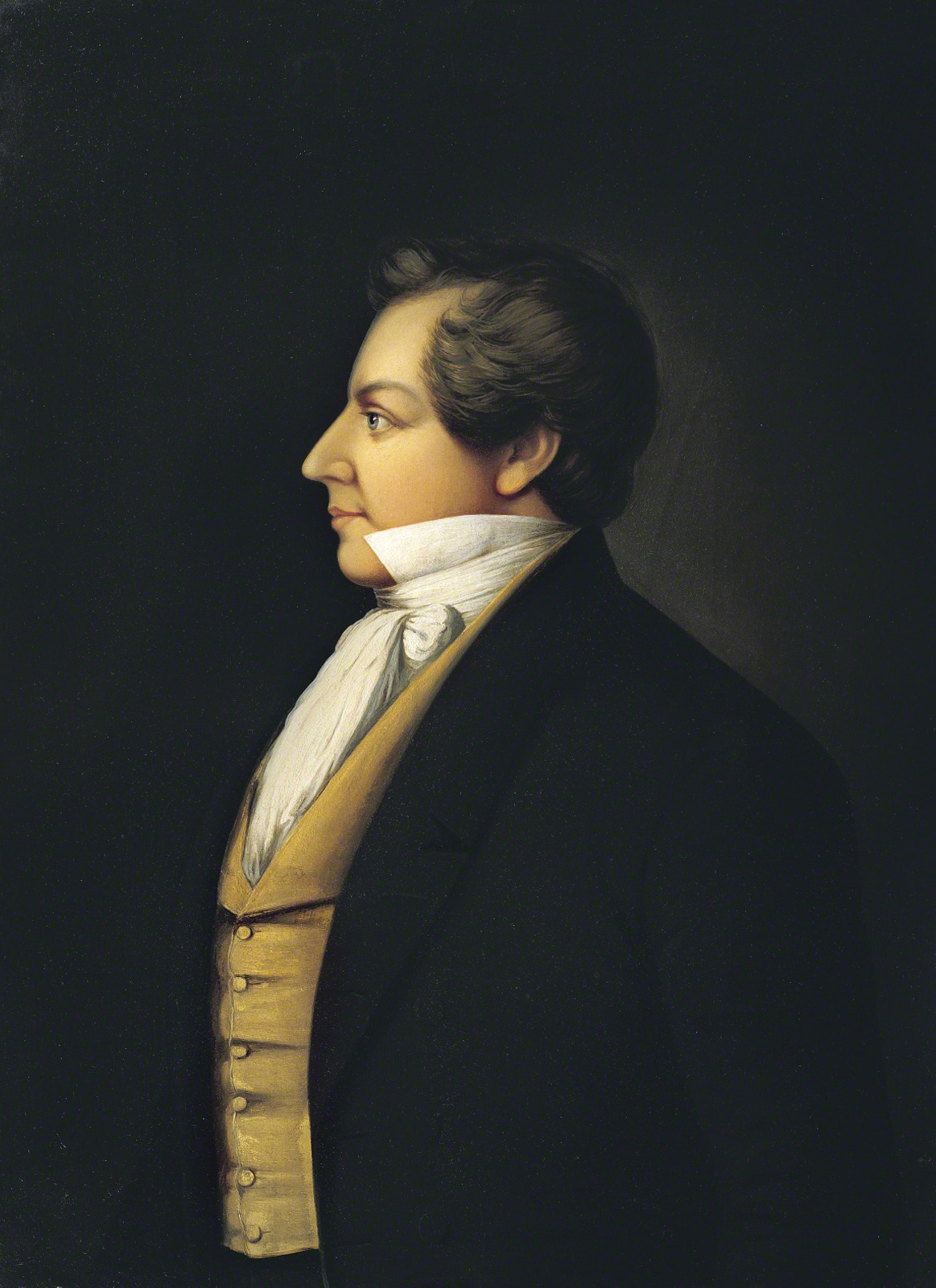
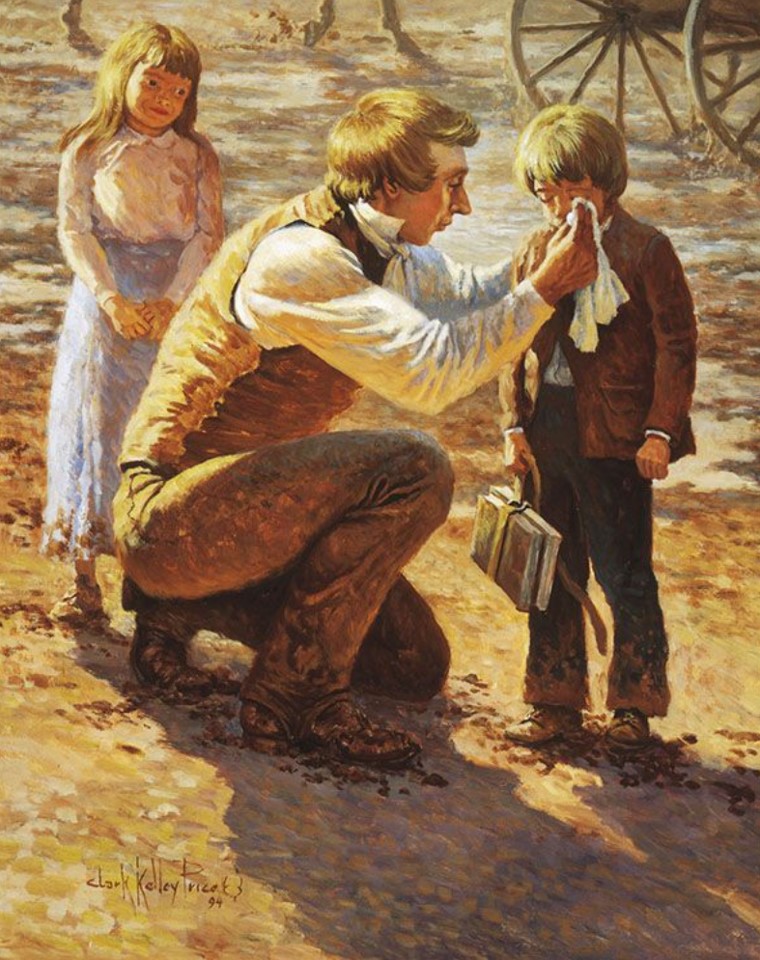

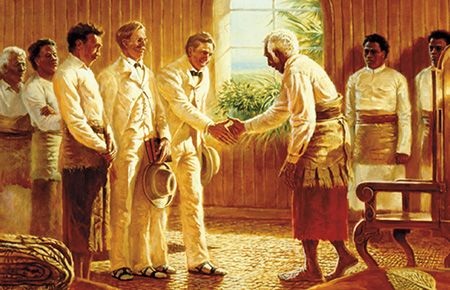 I had the opportunity to serve my Mission in the Fiji, Suva Mission from 1975 to 1977. This included service in Fiji, Kiribati, formerly known as the Gilbert Islands, and Tuvalu, formerly known as the Ellice Islands. During this incredible time amongst the Children of Israel my testimony was strengthened. I also had the privledge of meeting Elder Groberg in 1976, as he visited our small mission. I then at the end of my mission in Nov 1977 left from Kiribati. and flew to Honolulu to receive my mission release from Elder Groberg who was a Regional Representative serving in Hawaii. I love this great man, Elder Groberg.
I had the opportunity to serve my Mission in the Fiji, Suva Mission from 1975 to 1977. This included service in Fiji, Kiribati, formerly known as the Gilbert Islands, and Tuvalu, formerly known as the Ellice Islands. During this incredible time amongst the Children of Israel my testimony was strengthened. I also had the privledge of meeting Elder Groberg in 1976, as he visited our small mission. I then at the end of my mission in Nov 1977 left from Kiribati. and flew to Honolulu to receive my mission release from Elder Groberg who was a Regional Representative serving in Hawaii. I love this great man, Elder Groberg.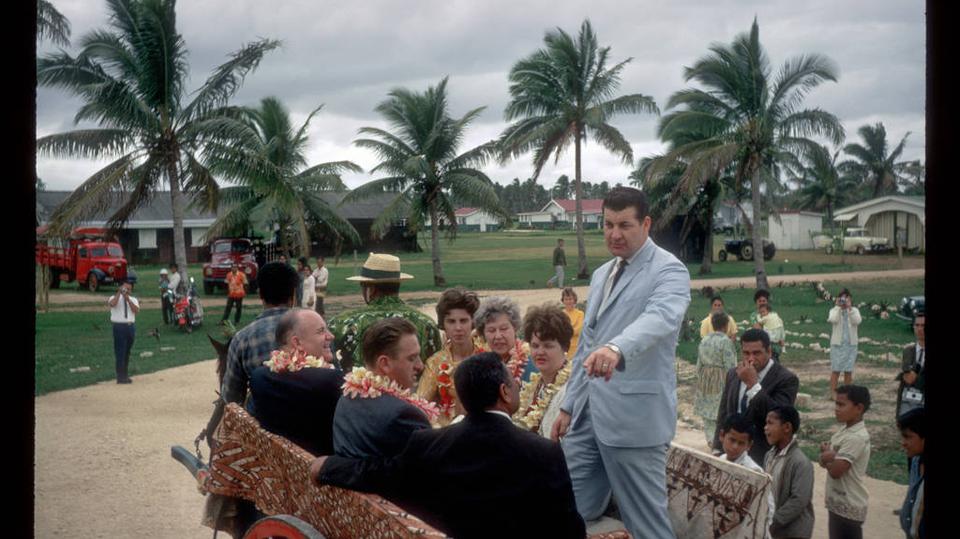 The missionaries asked the family if they had ever heard of the president of the United States. “
The missionaries asked the family if they had ever heard of the president of the United States. “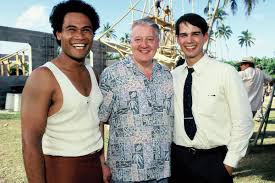
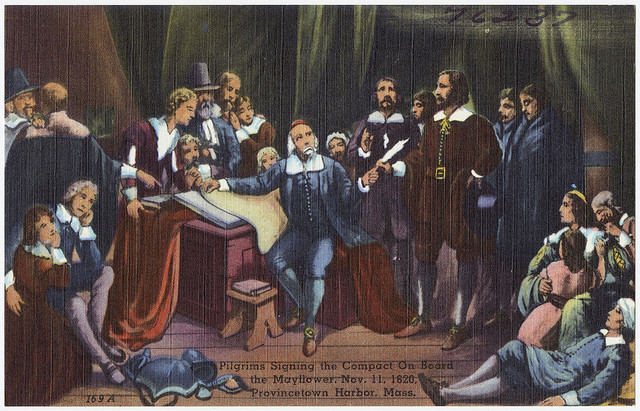





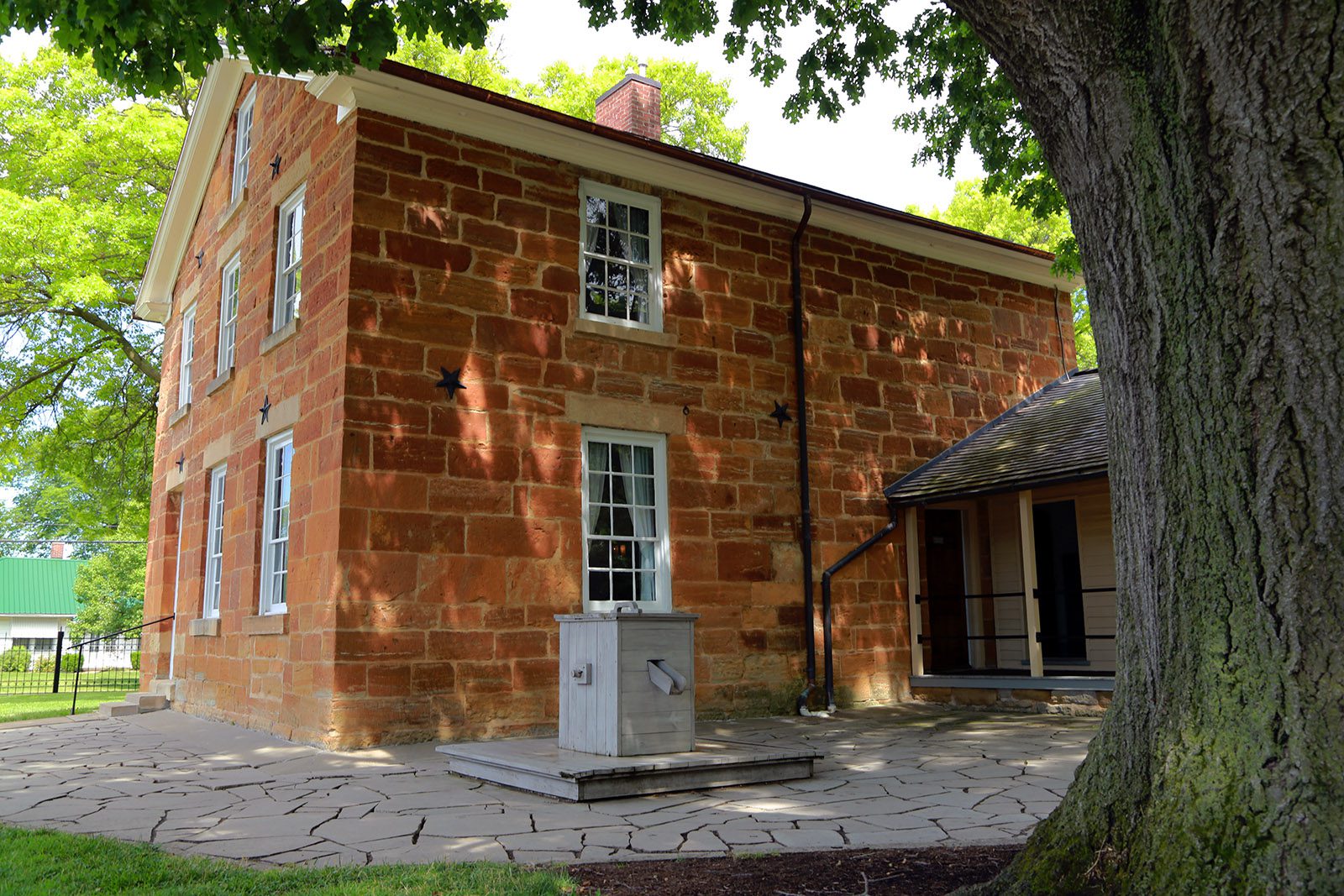
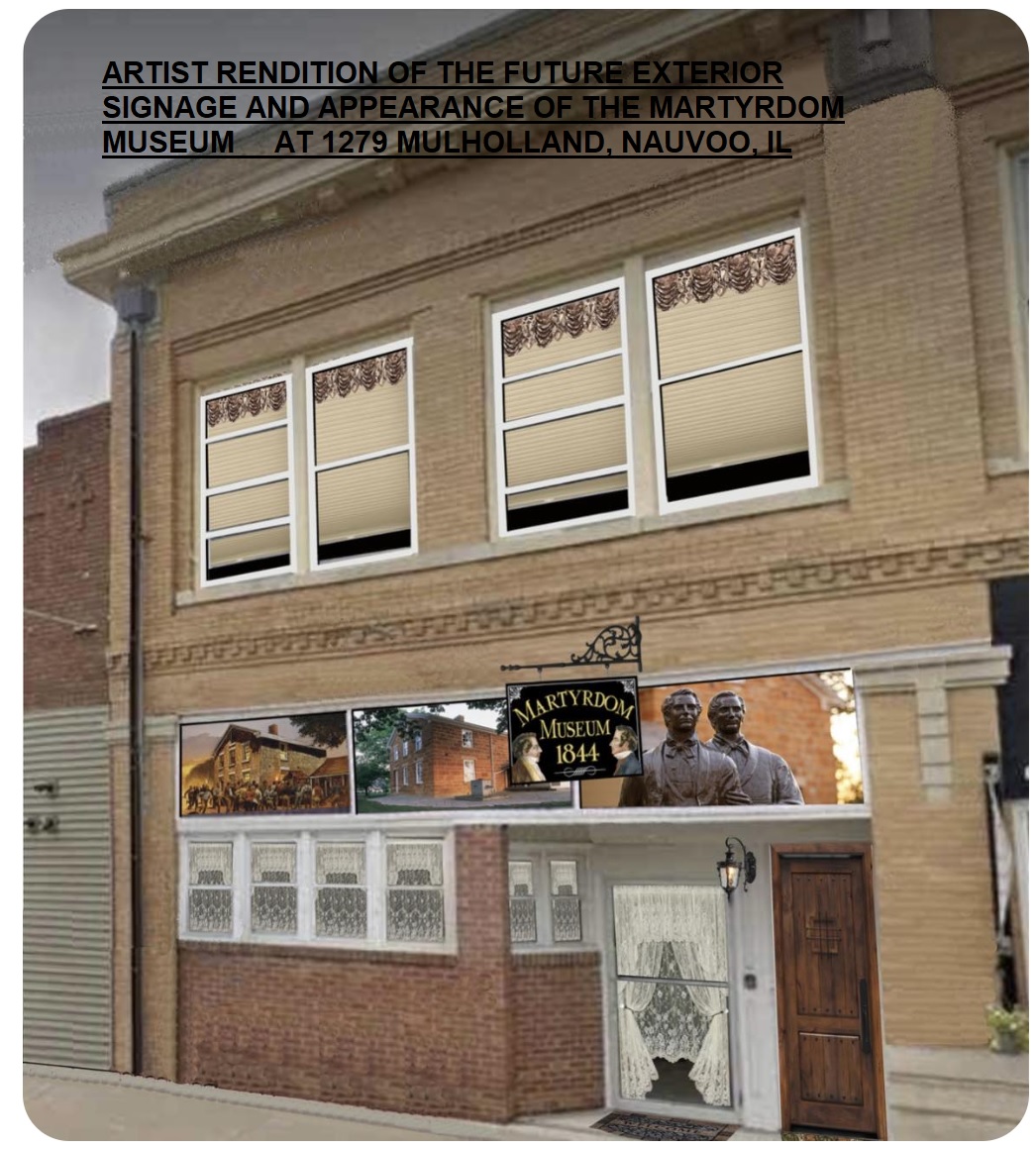
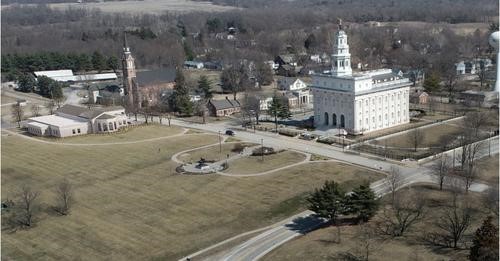
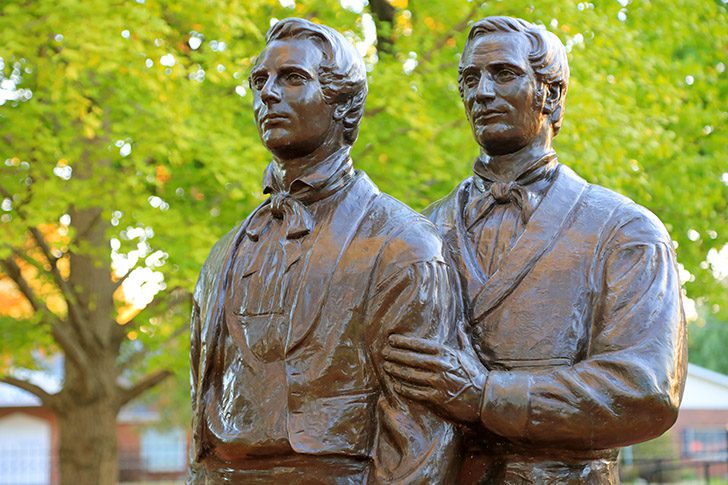
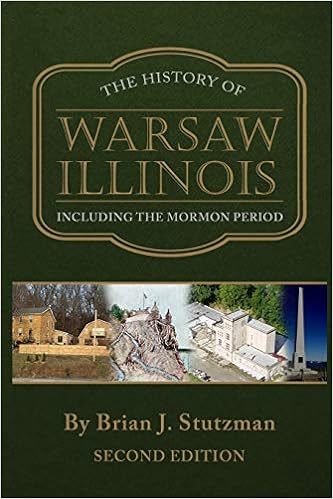
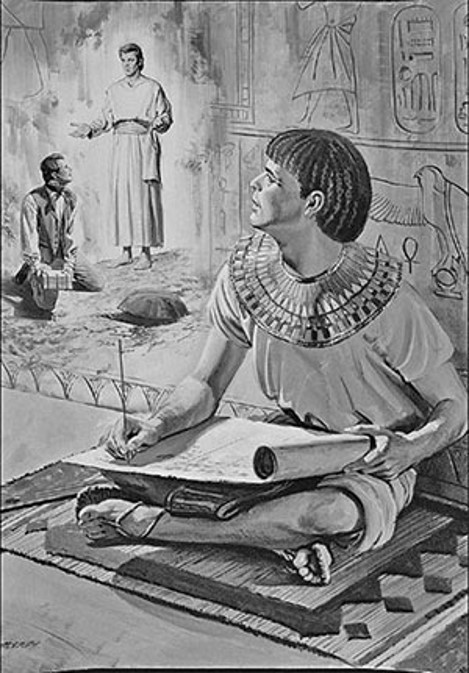
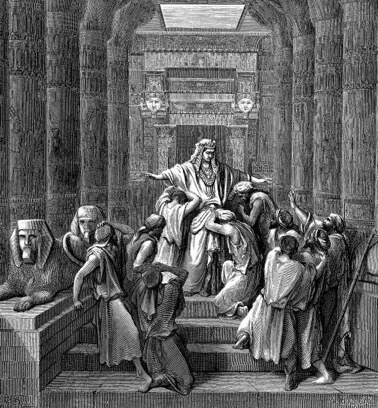


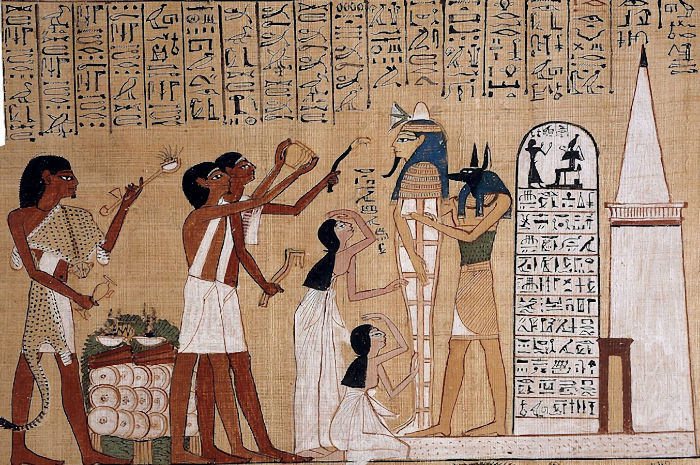

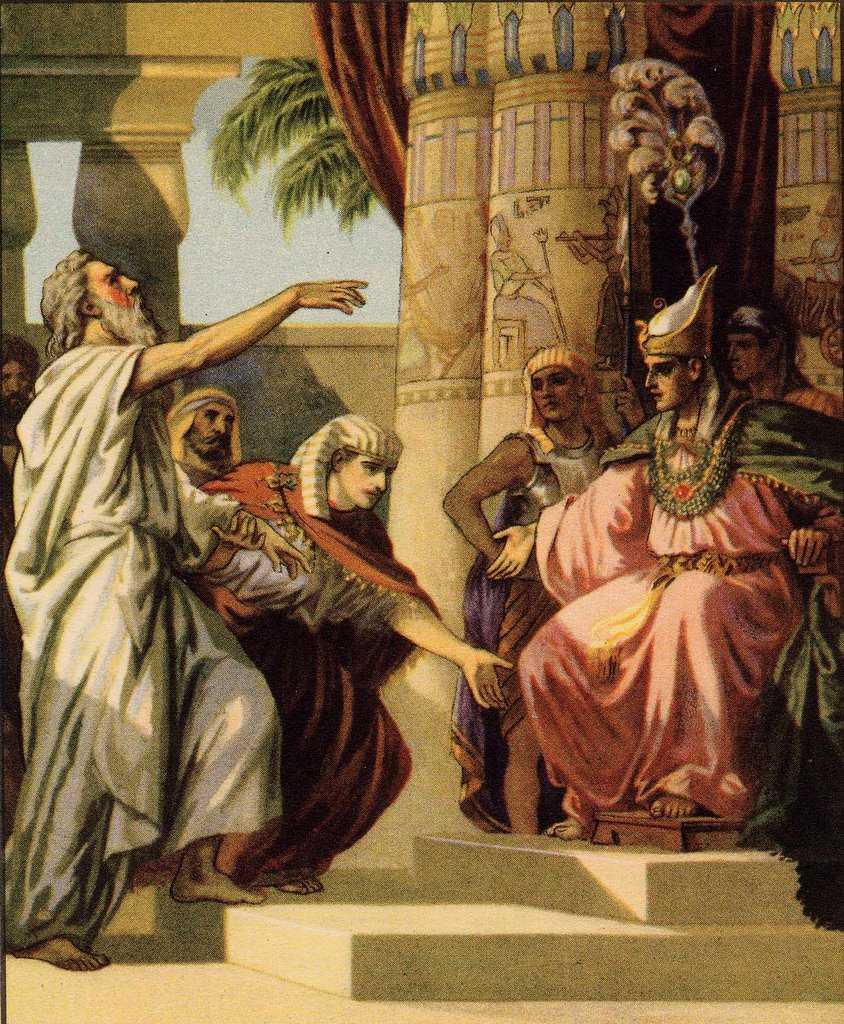

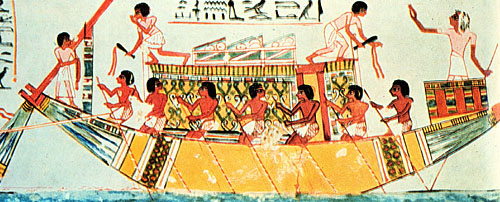
“Rods, Staffs & Sticks”
Those who have not the gift of revelation and gift prophecy, and do not understand the “language of the fathers,” in translating scriptures, have a much different understanding and interpretation of the wording reviewed here, than those who do. So these things can only be fully understood by the Spirit, and naturally much of what is stated here is not to be taken as fully valid, but too much of the philosophies of man. Because of my extensive background and experience in translating the Hebrew Old Testament into English, I would give a much different approach. But the conclusion of Oliver’s gift of Aaron and the rod, would be more related to the Lord saying (in another context) that he would smite with the rod of his mouth (D&C 19:15), his word, revelation. In addition, there are too many assumptions made about Oliver having a diving rod, etc., which assumptions have contradictions.